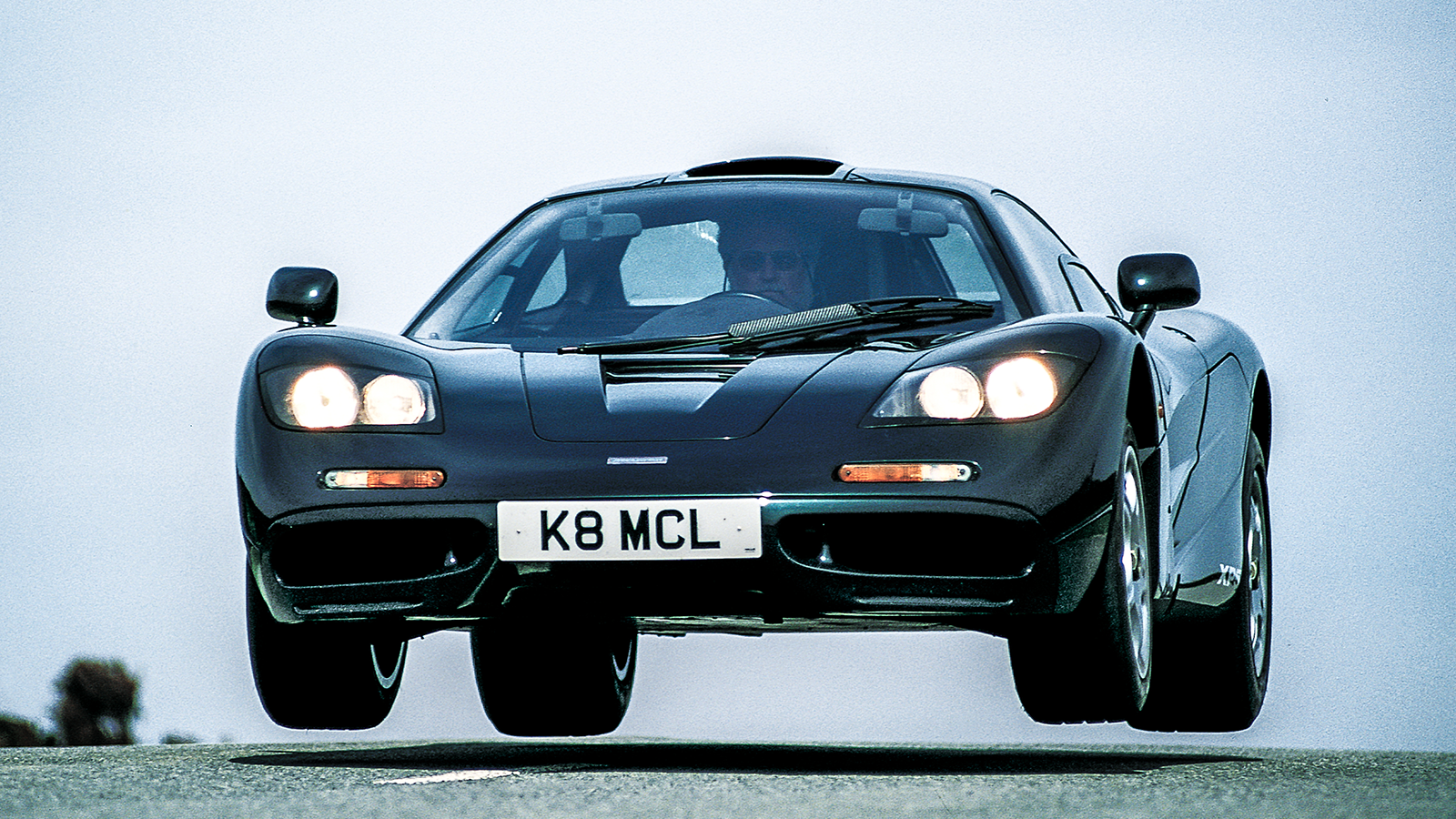
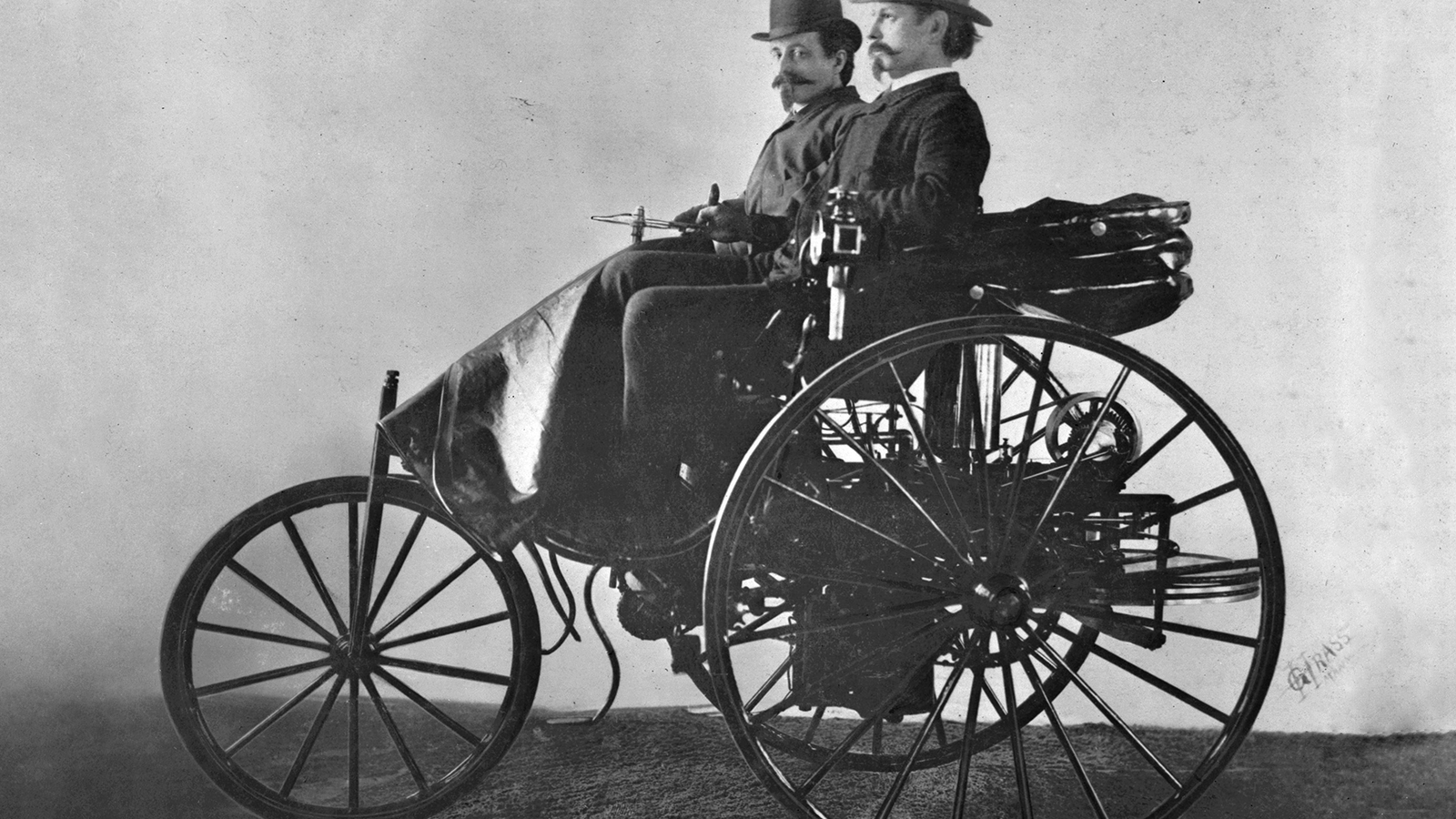
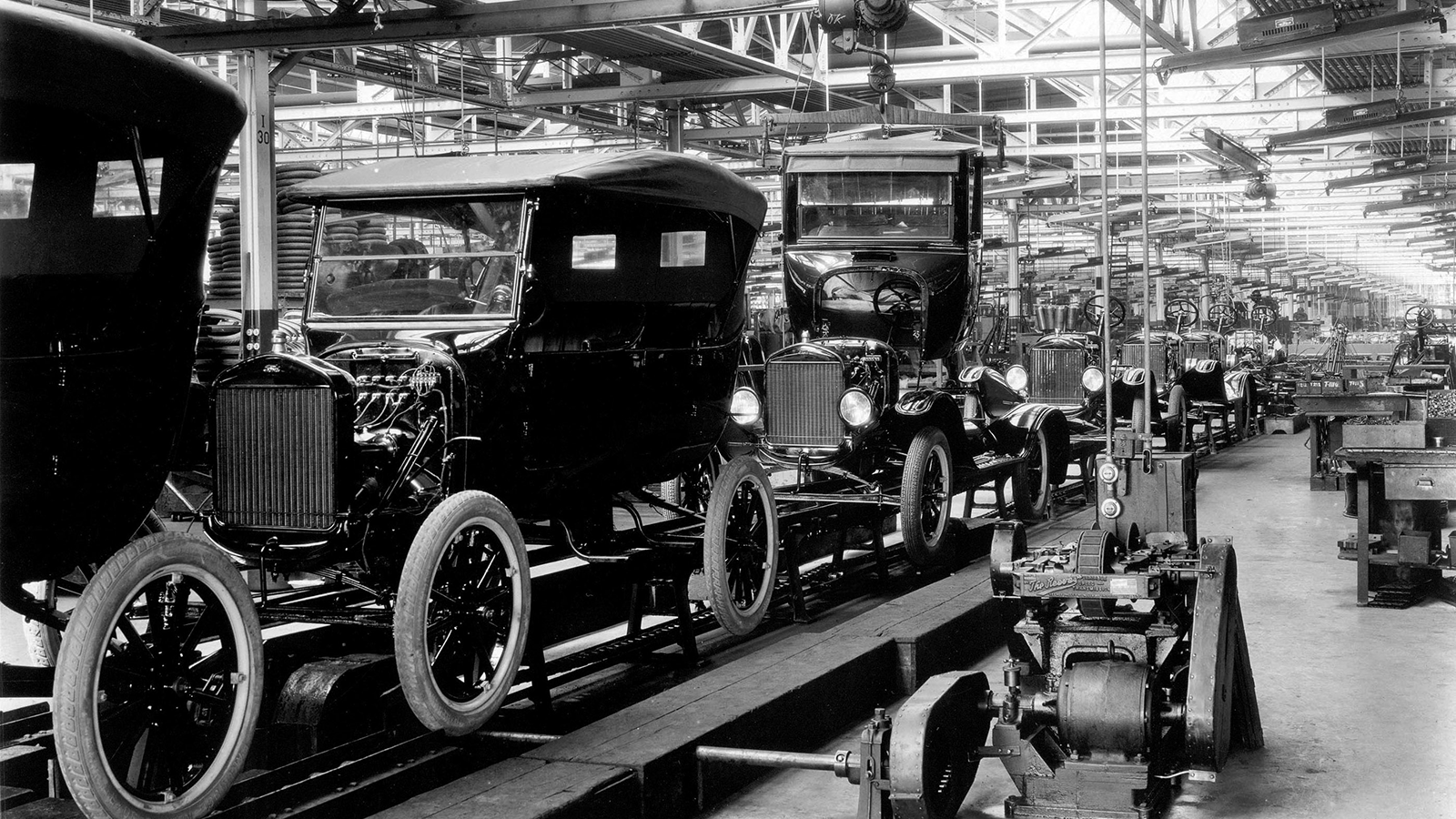
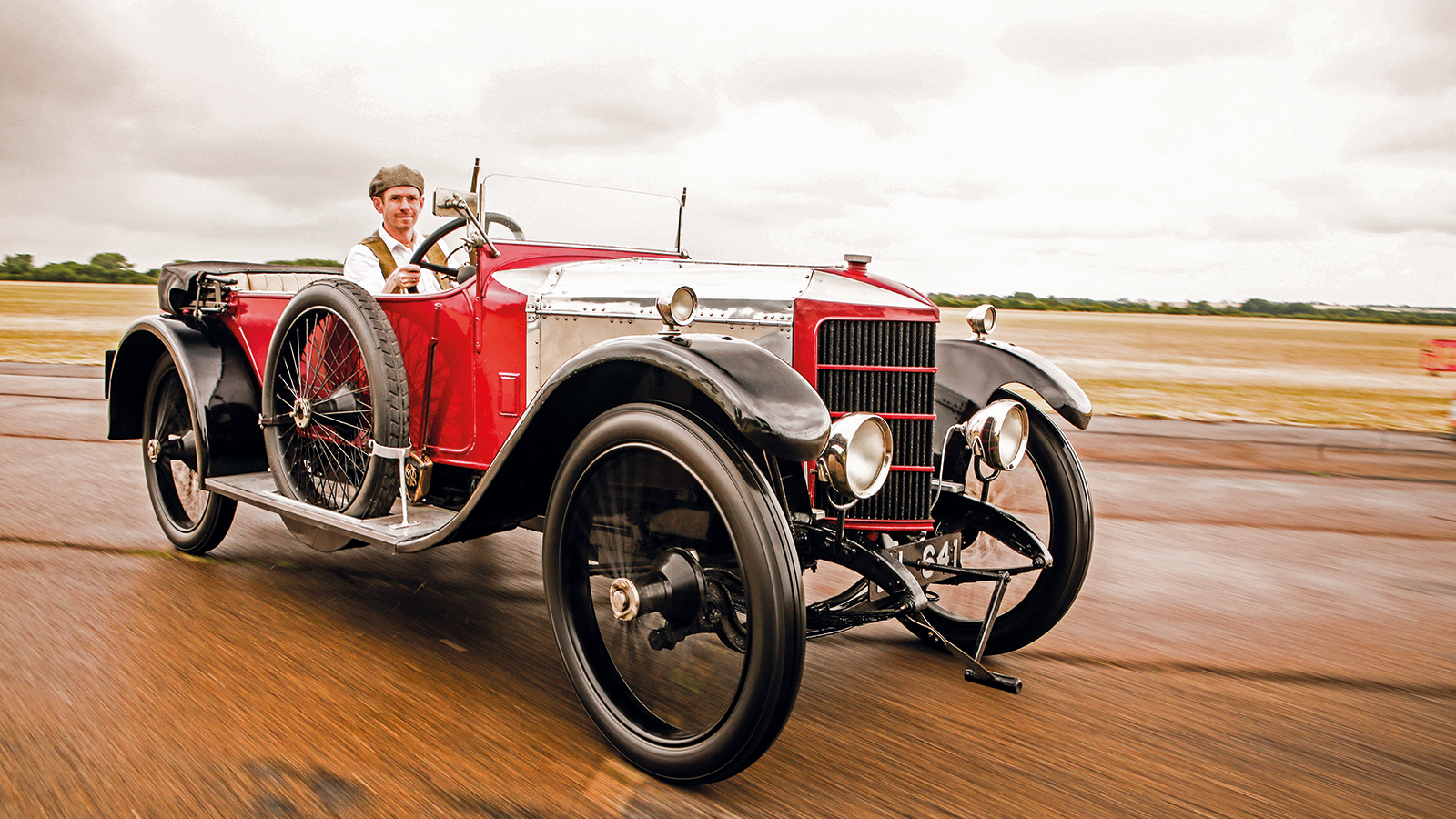
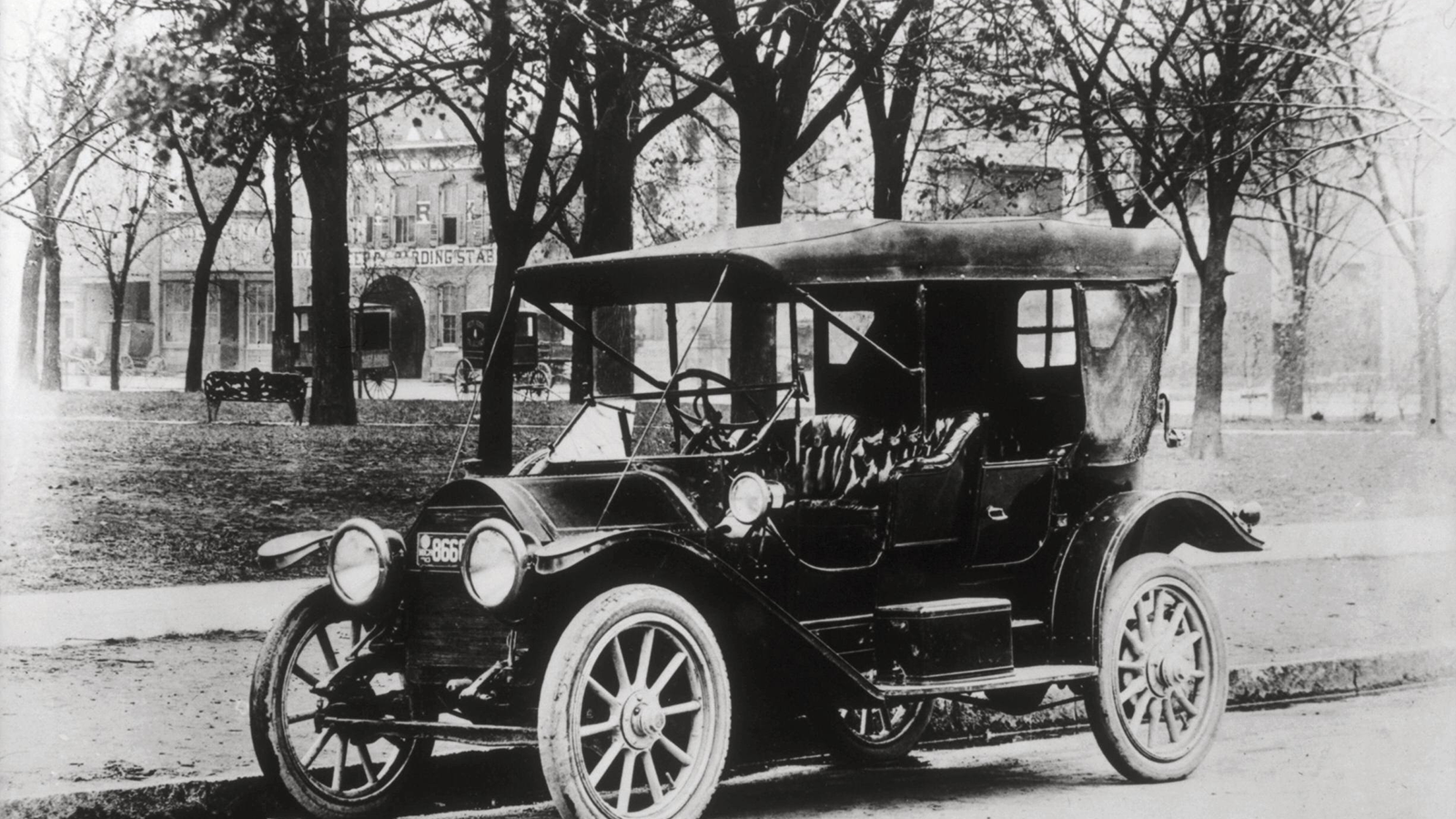
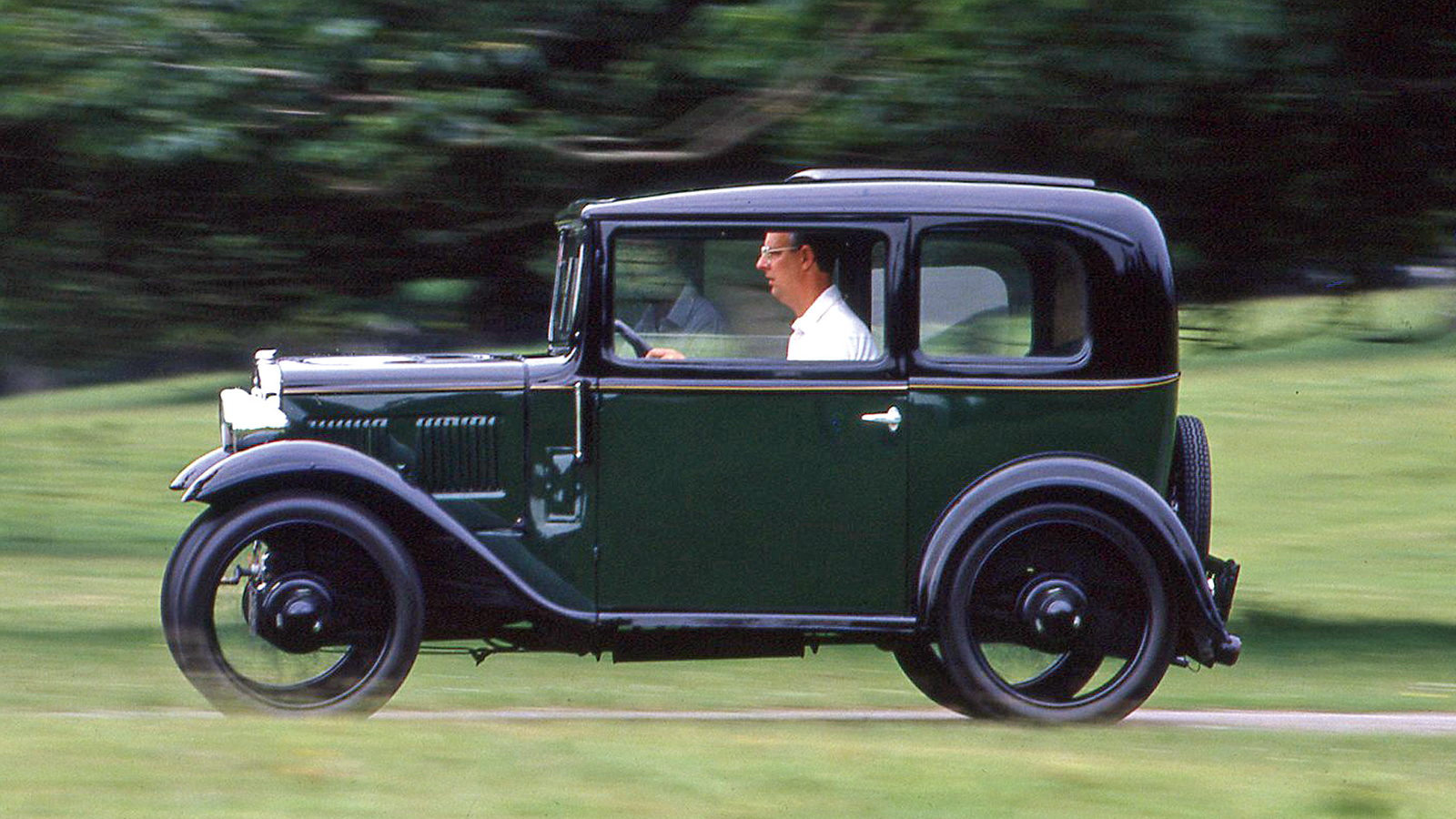
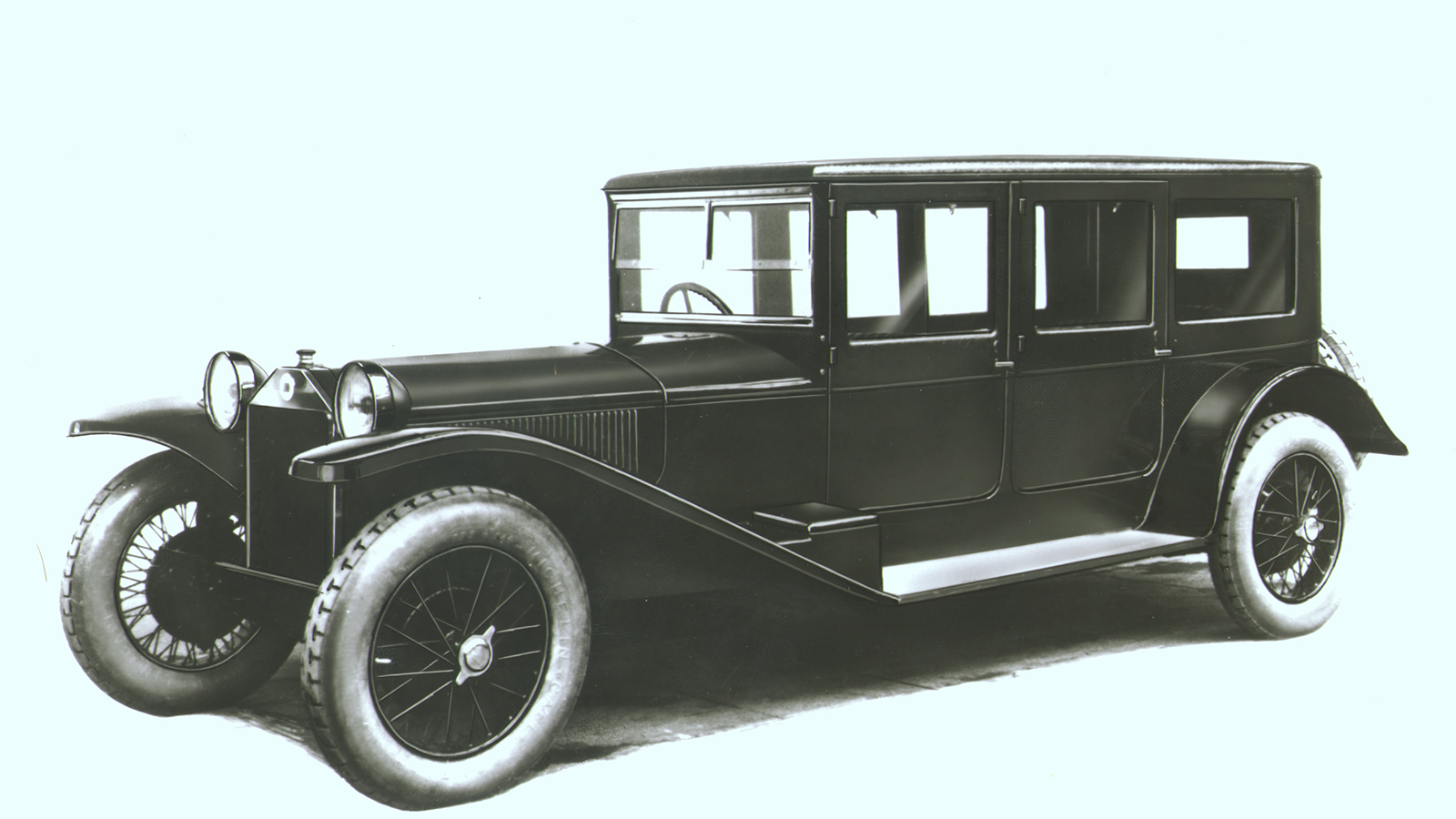
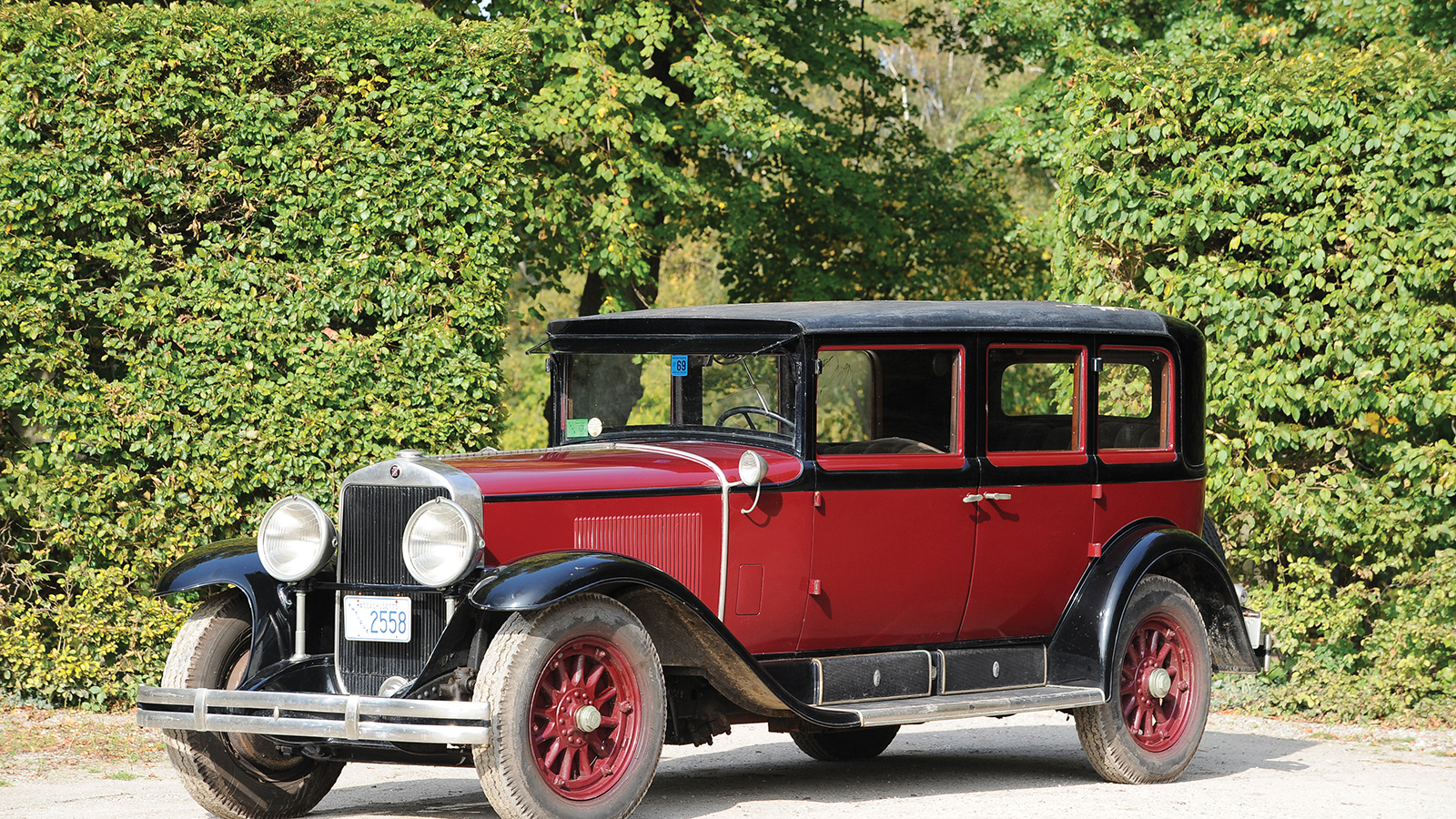
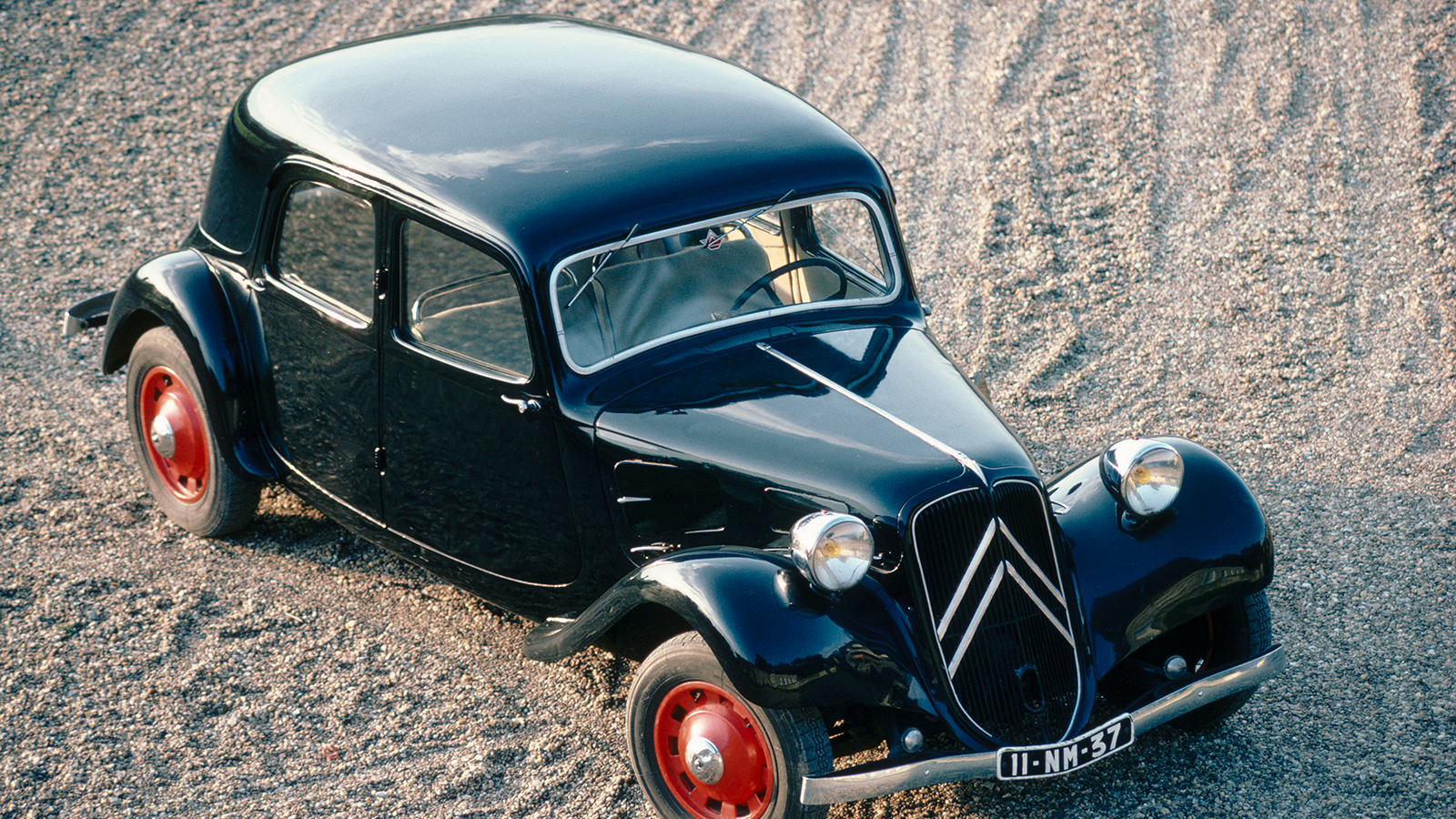
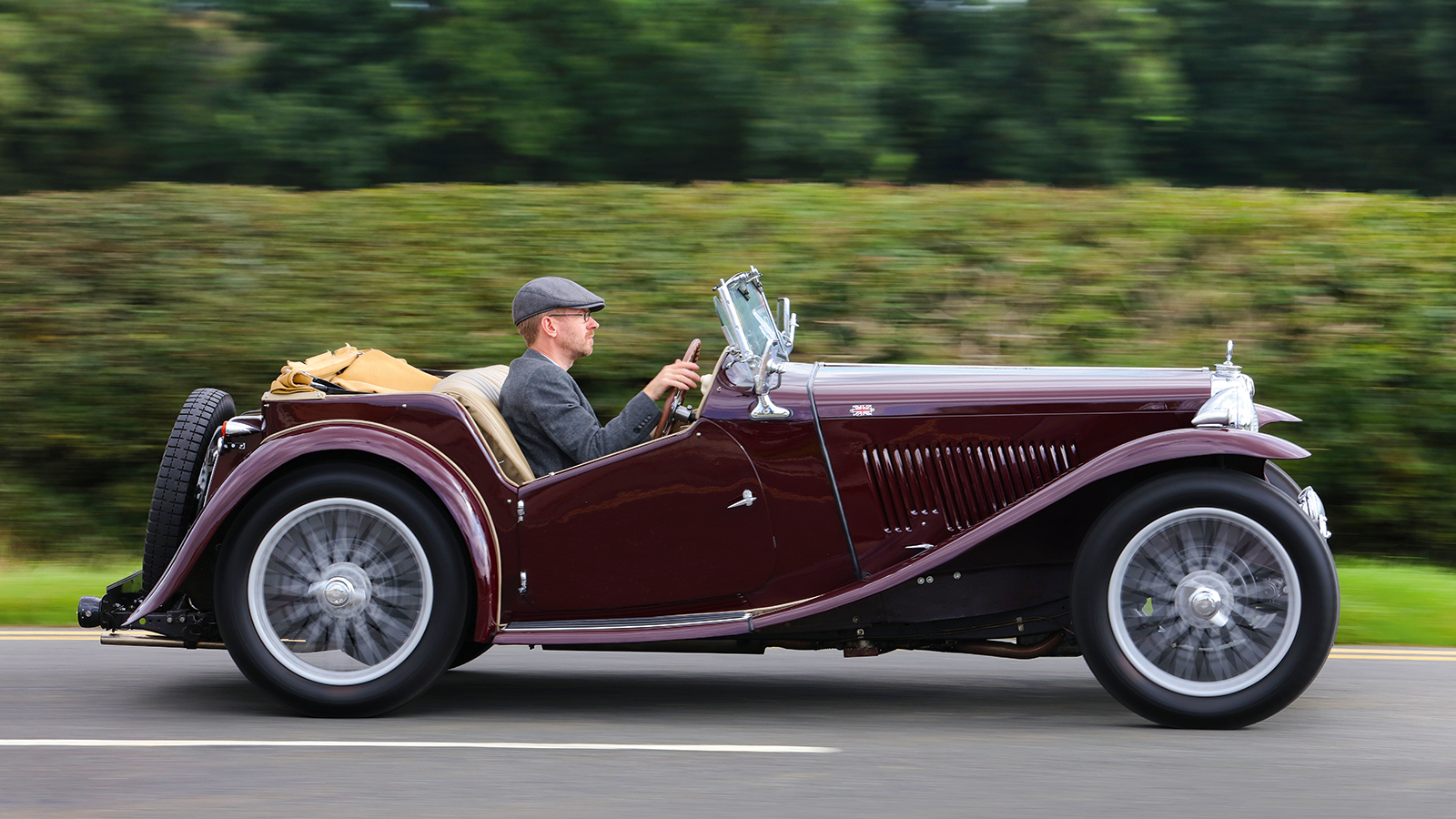
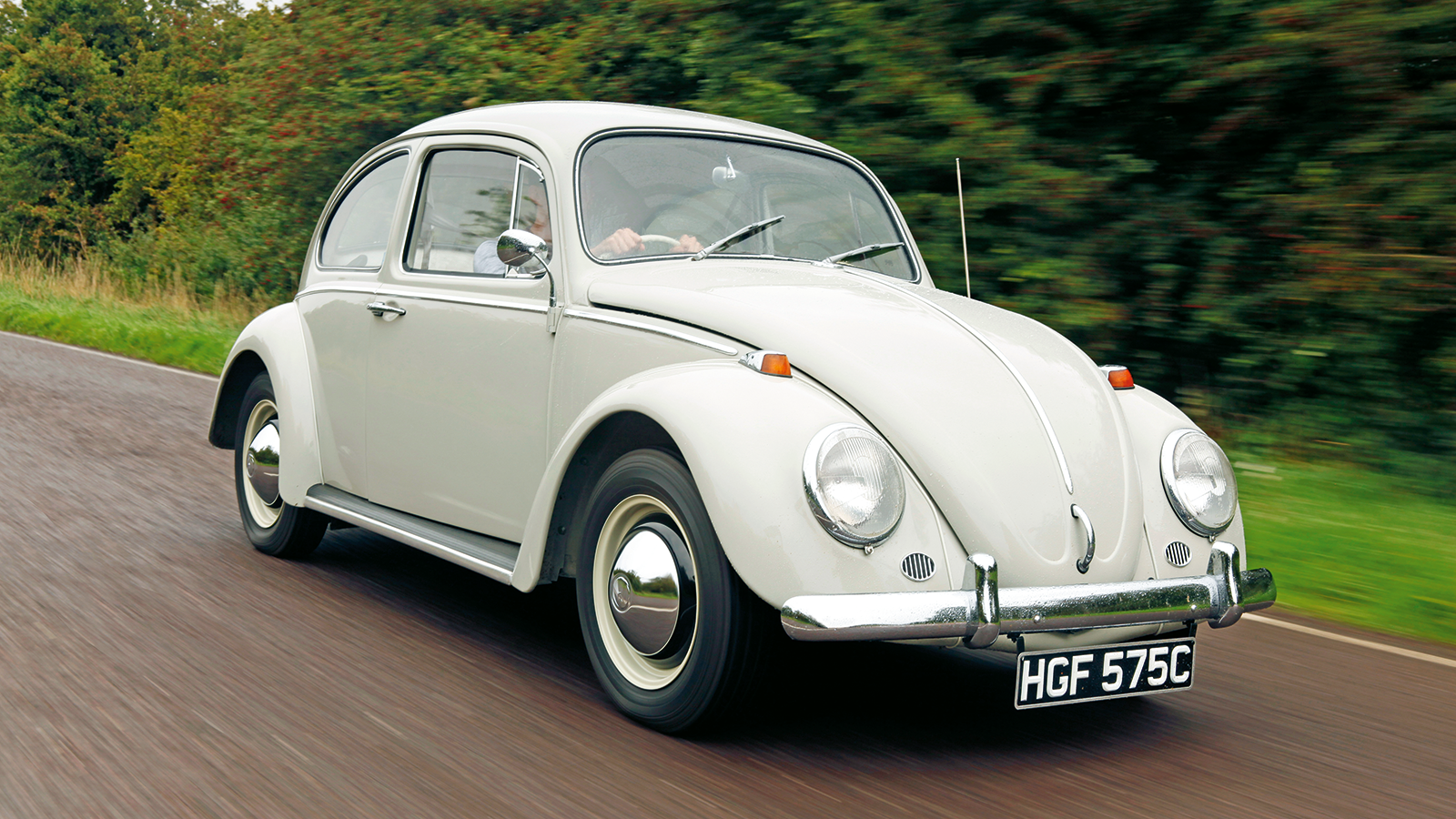
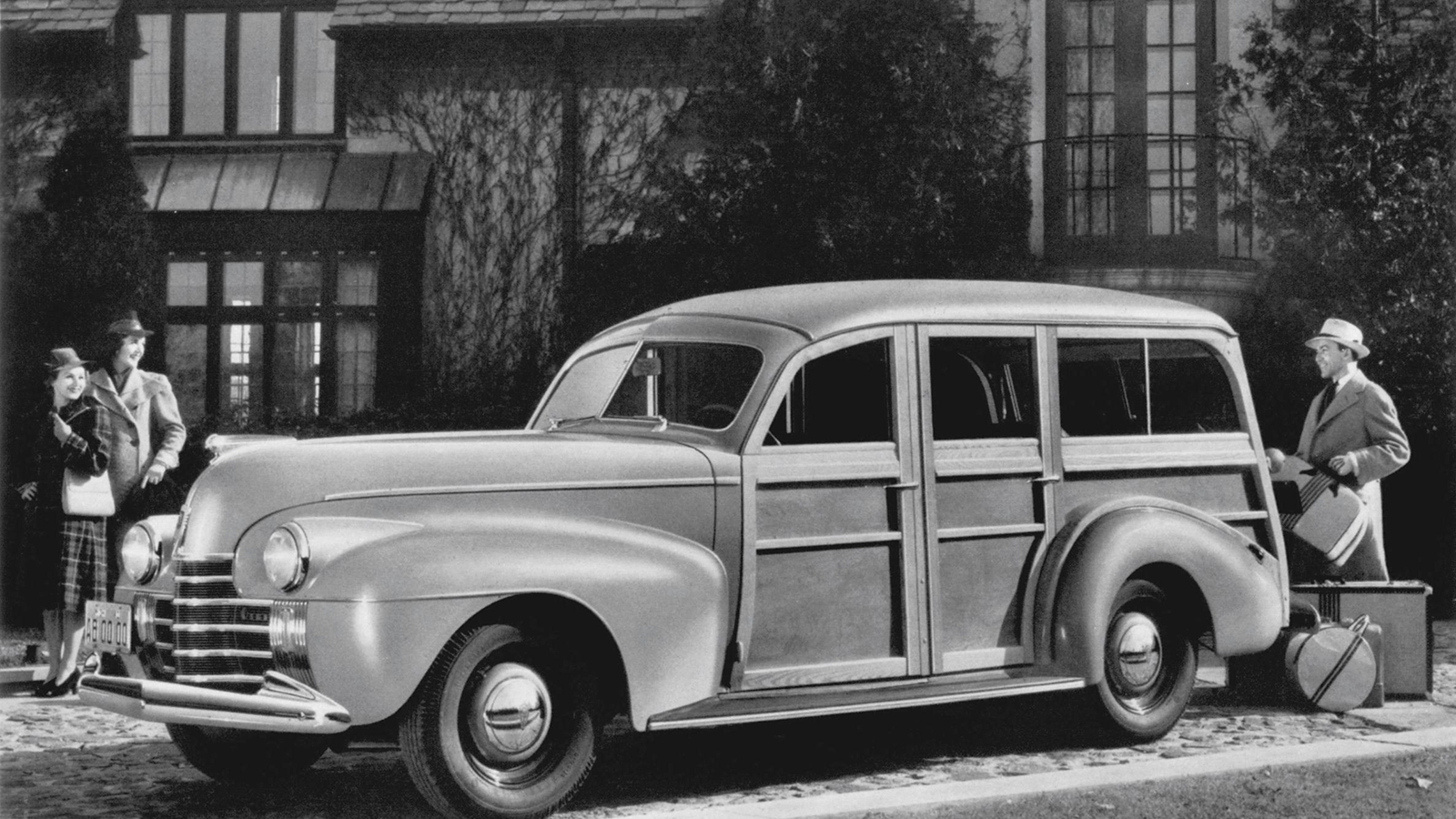

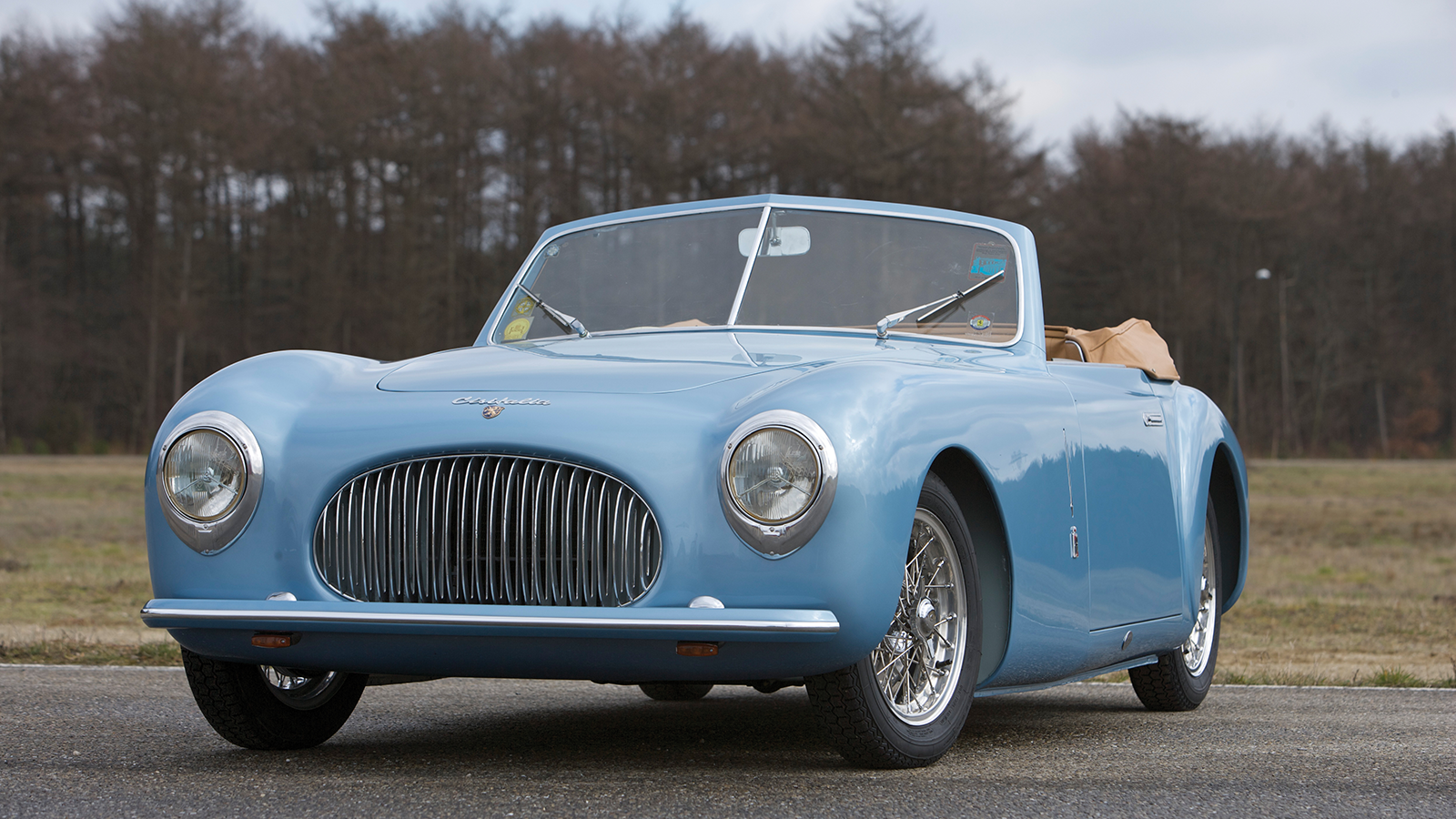
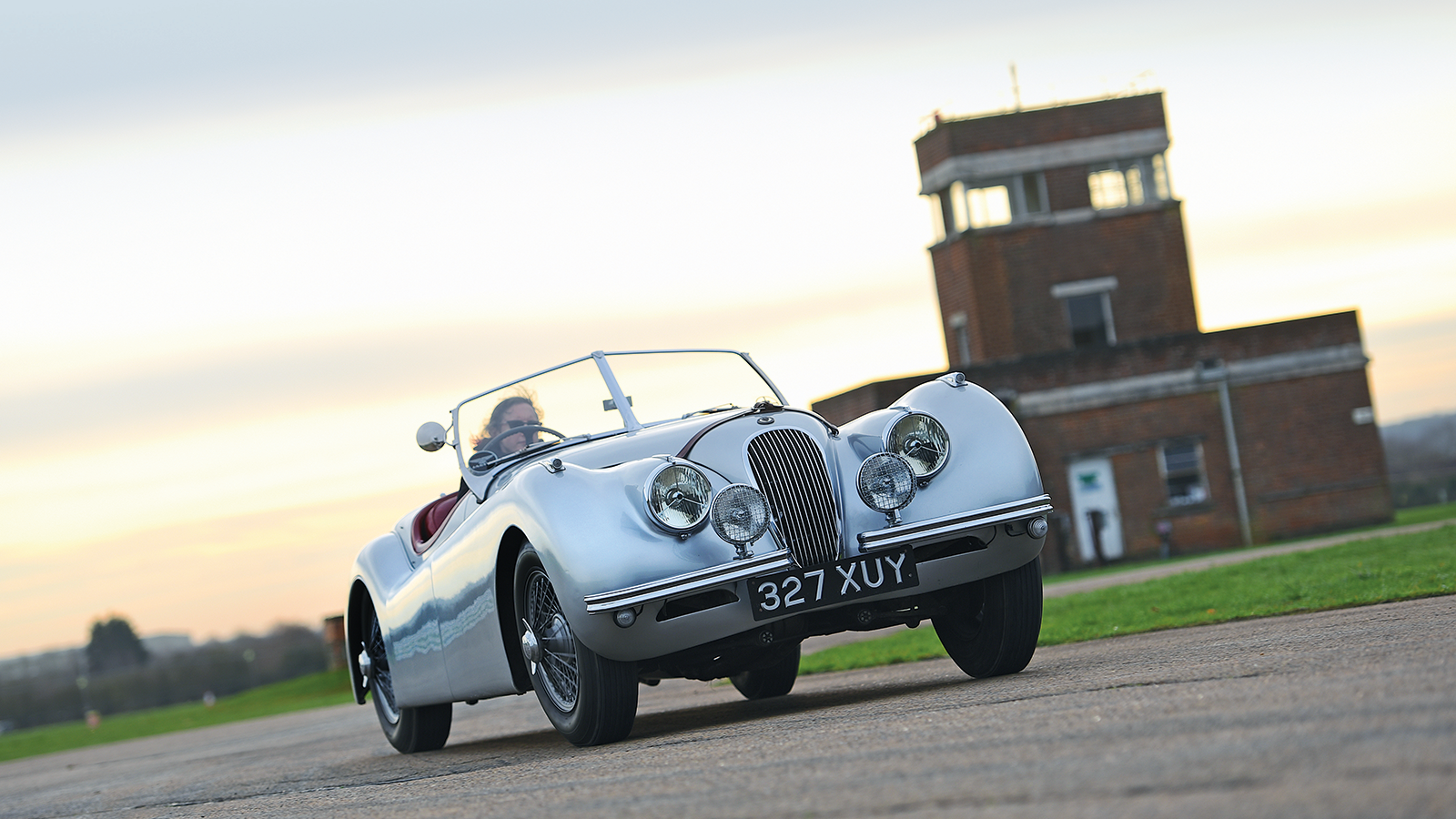

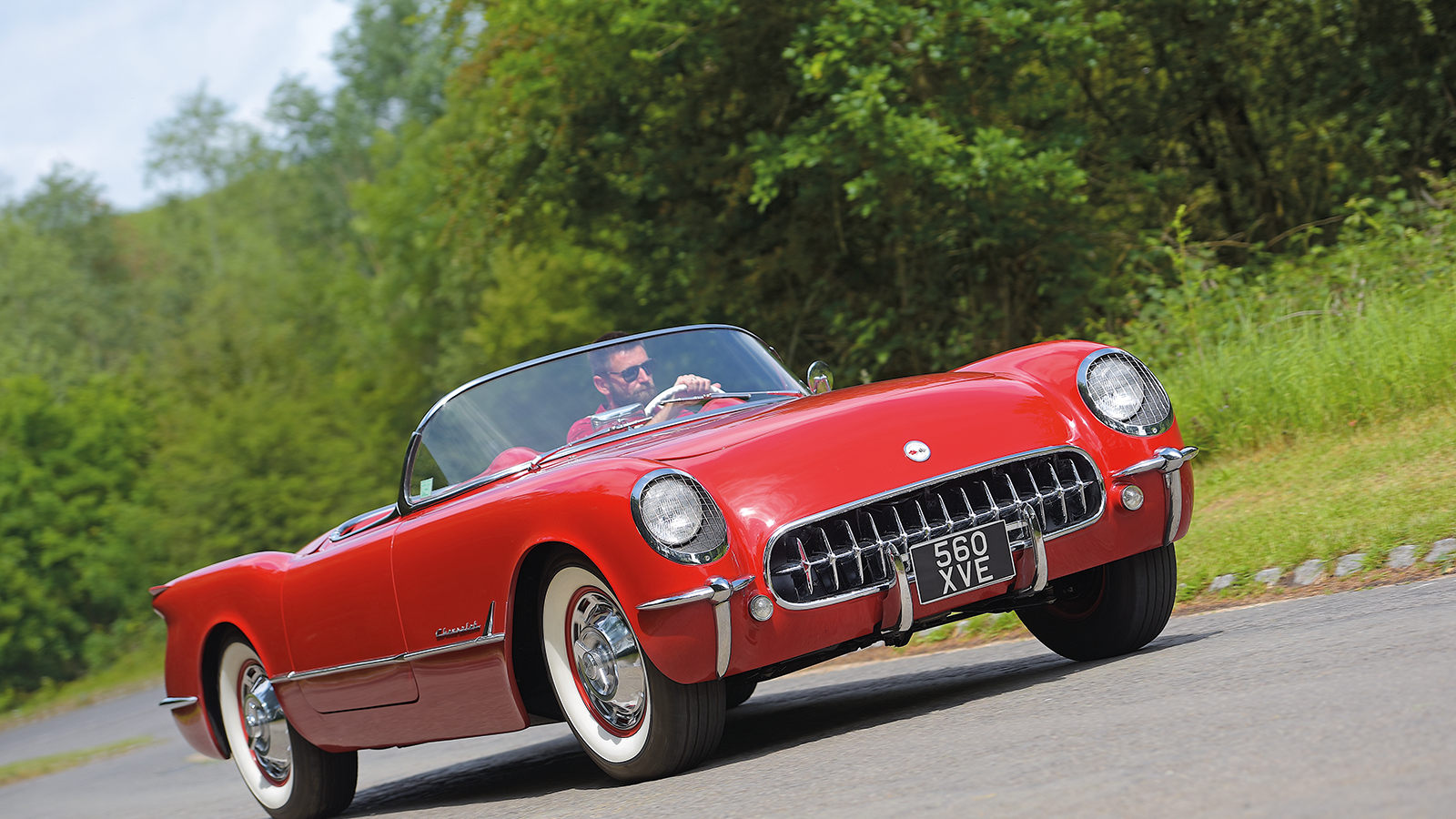
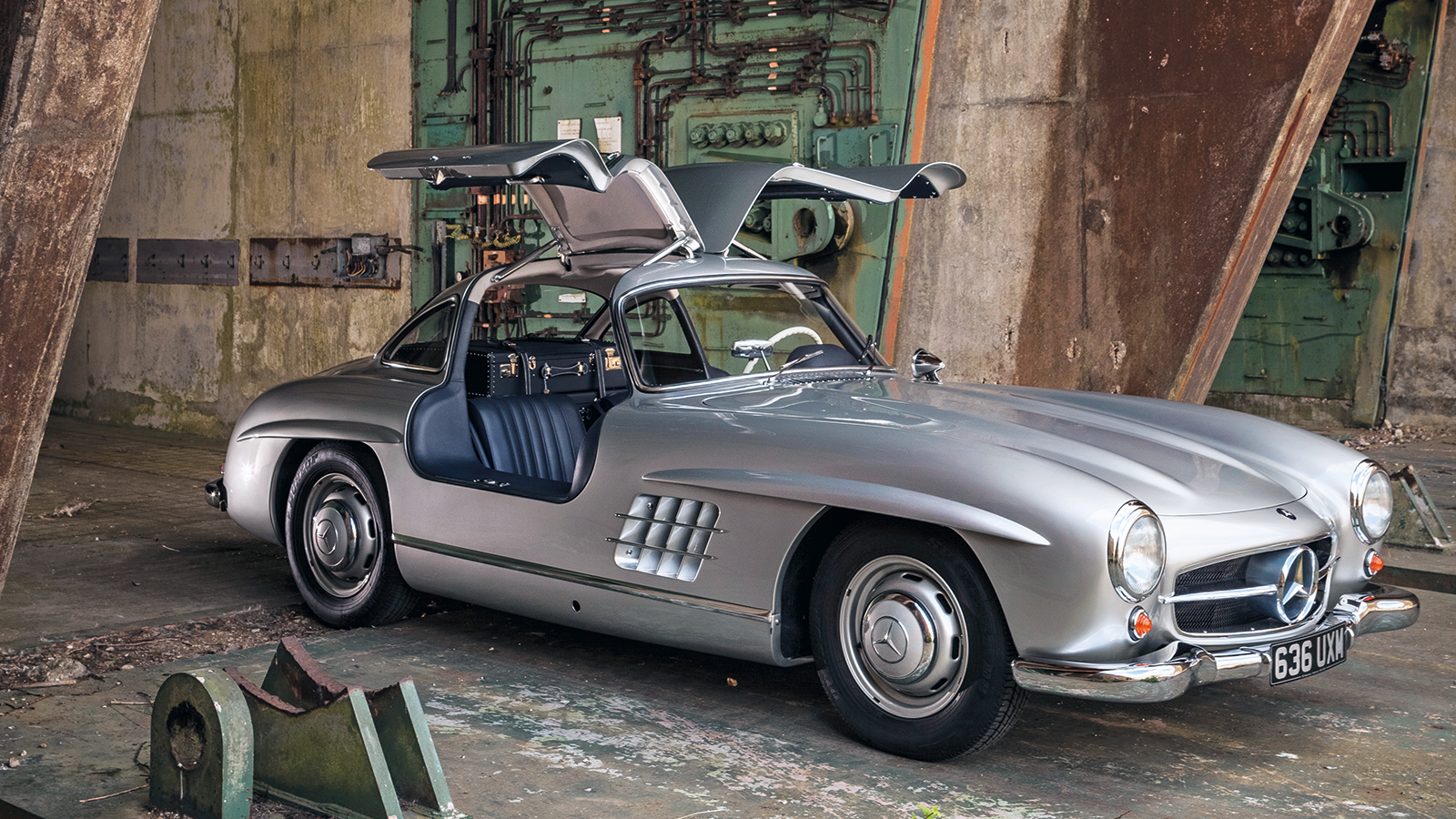
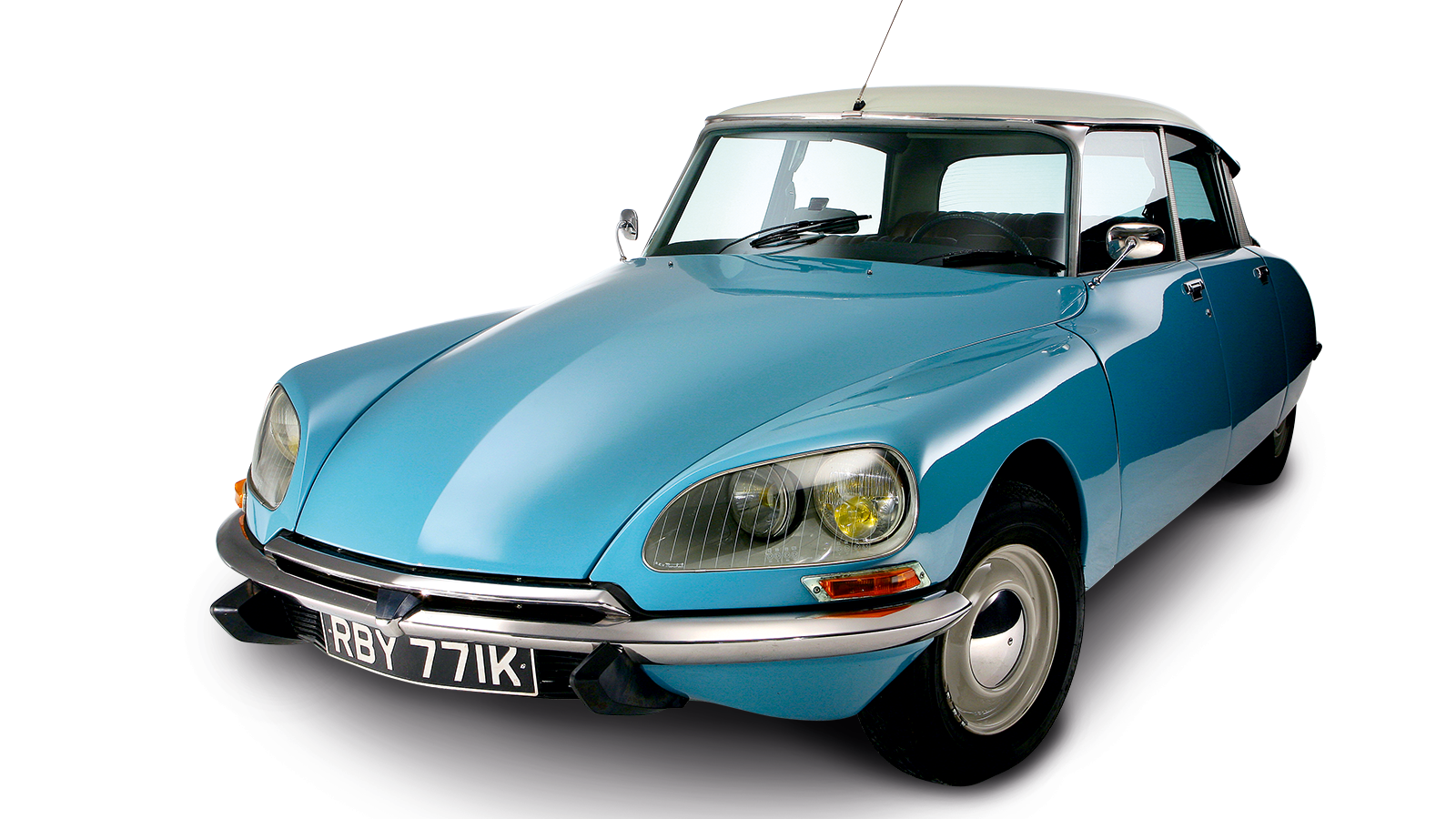

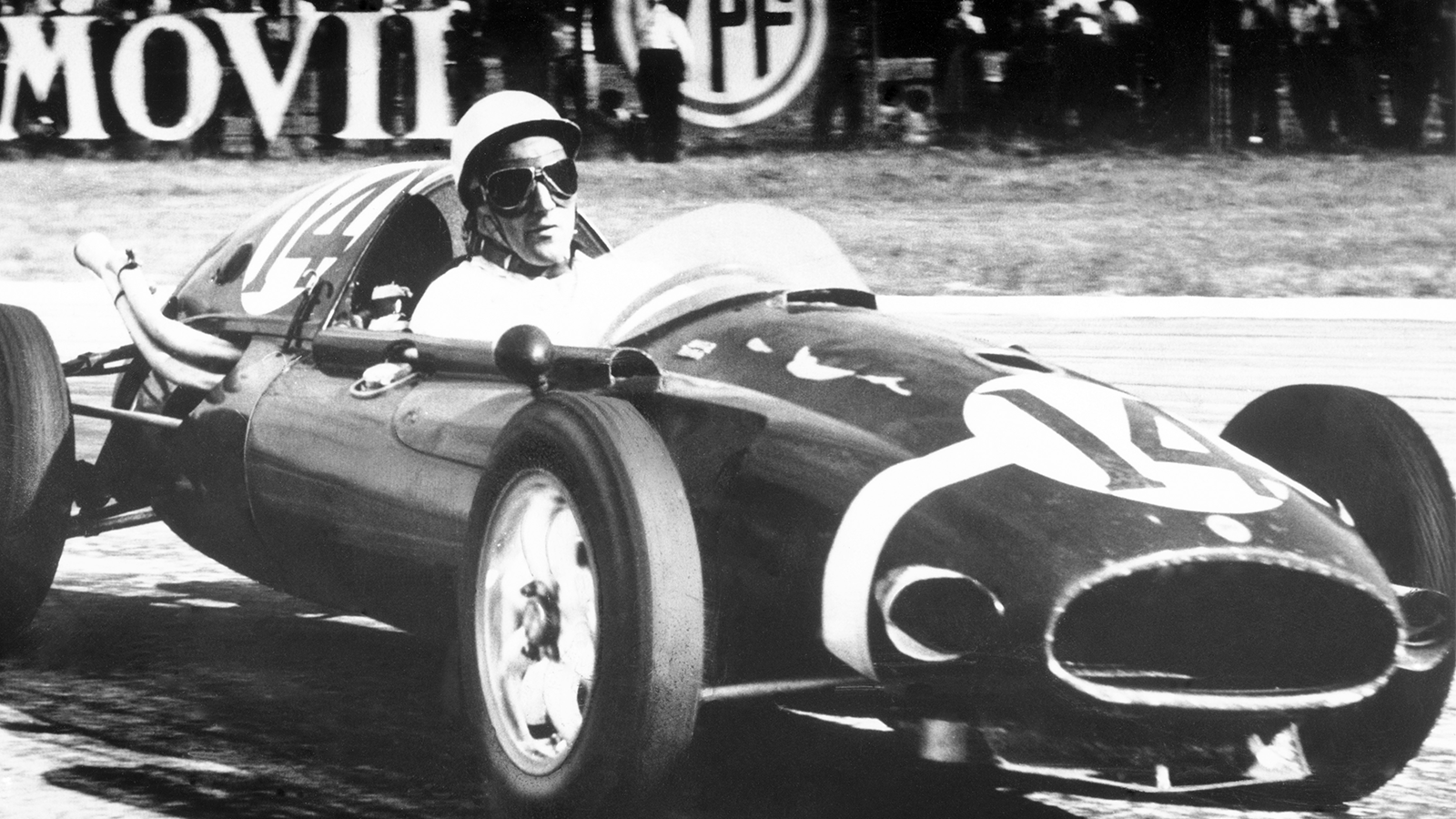
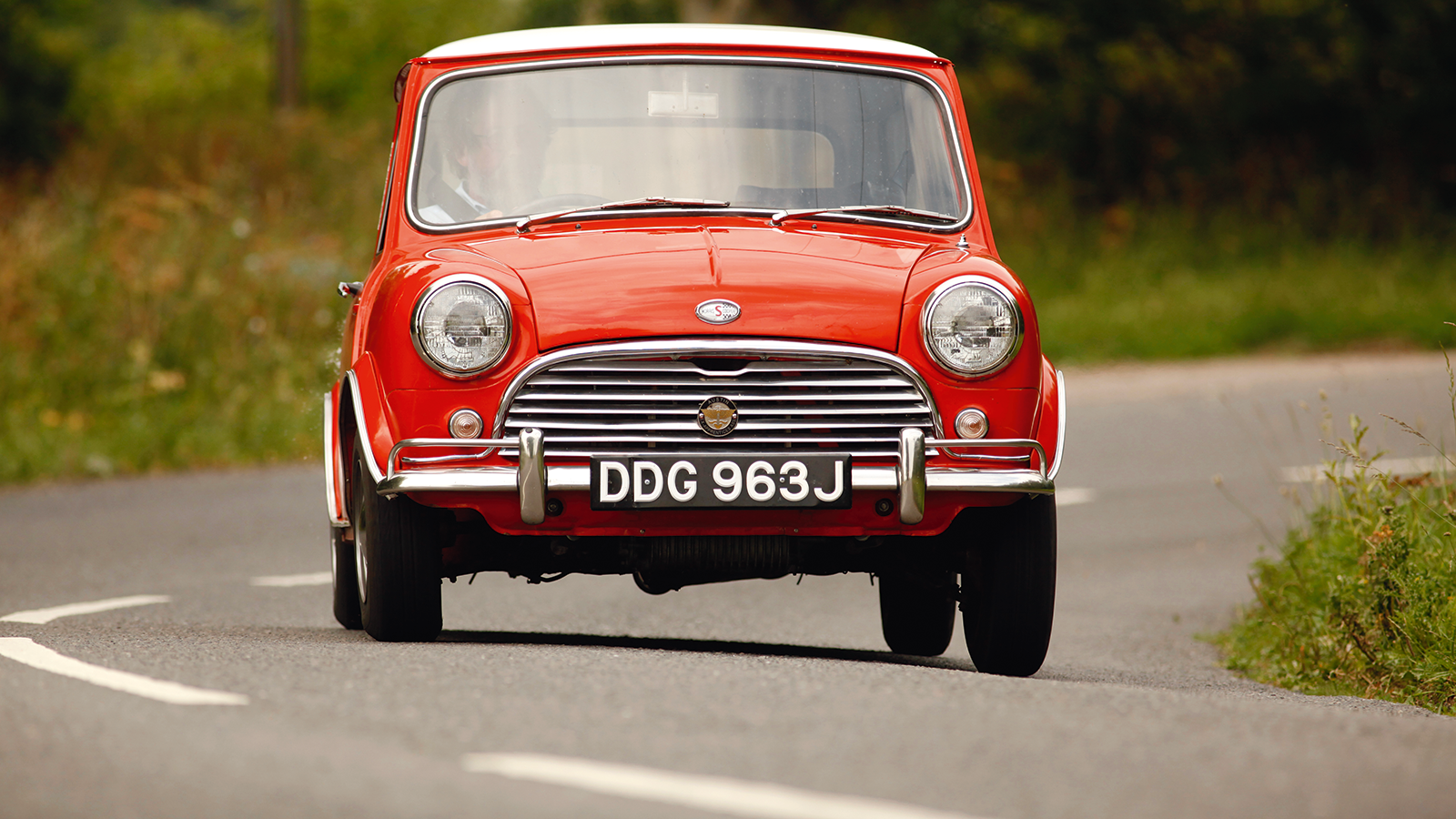

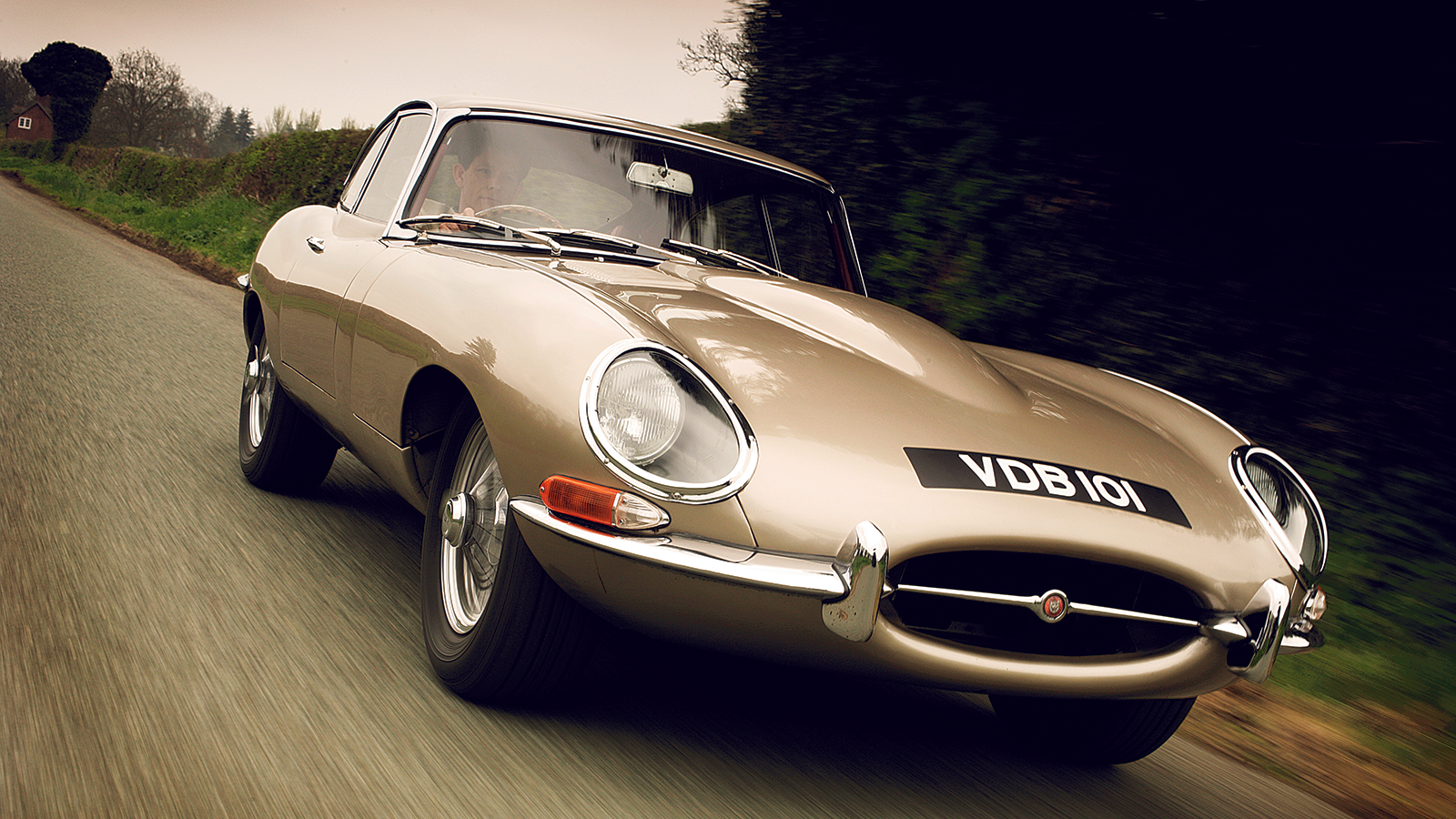
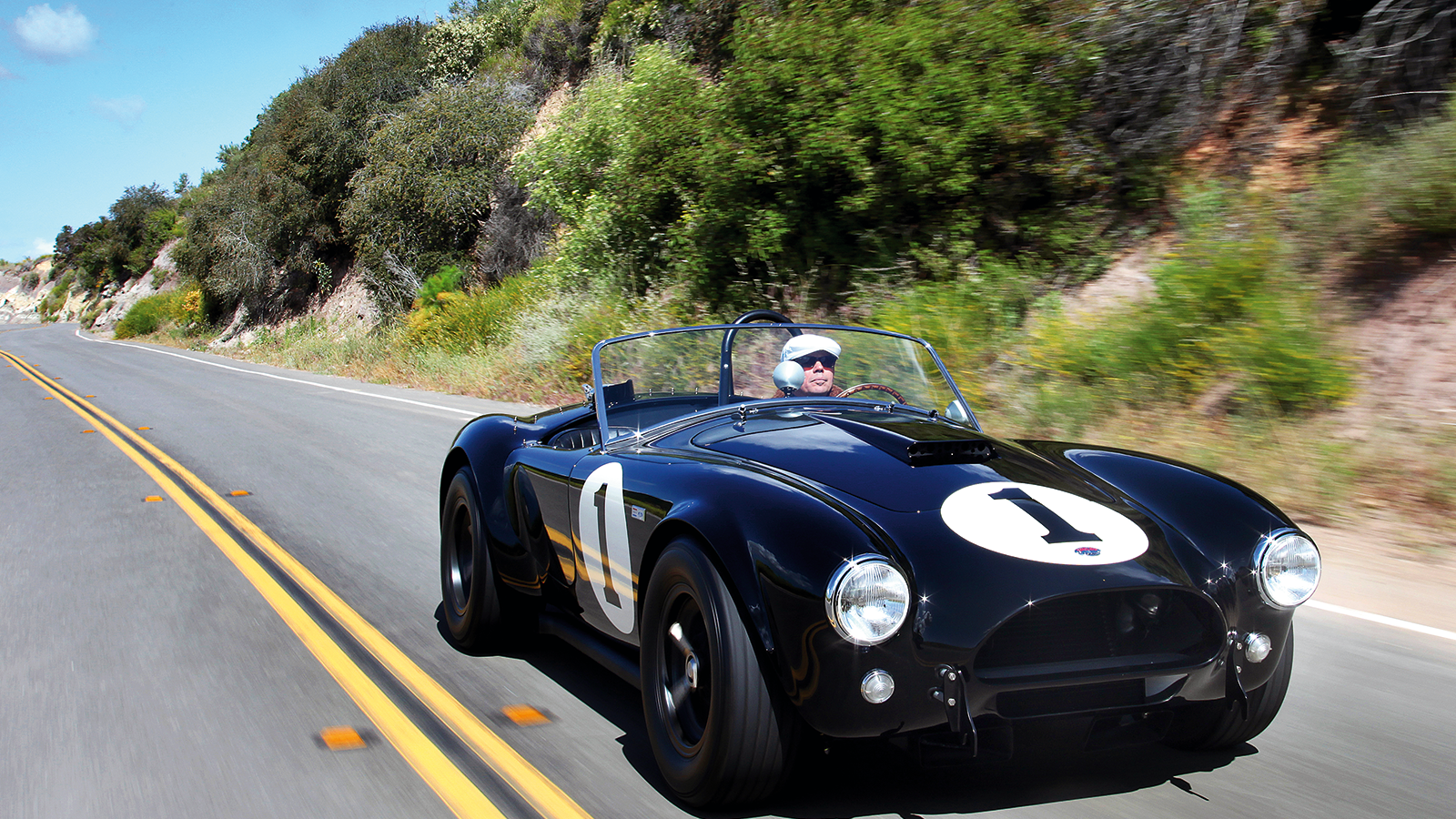
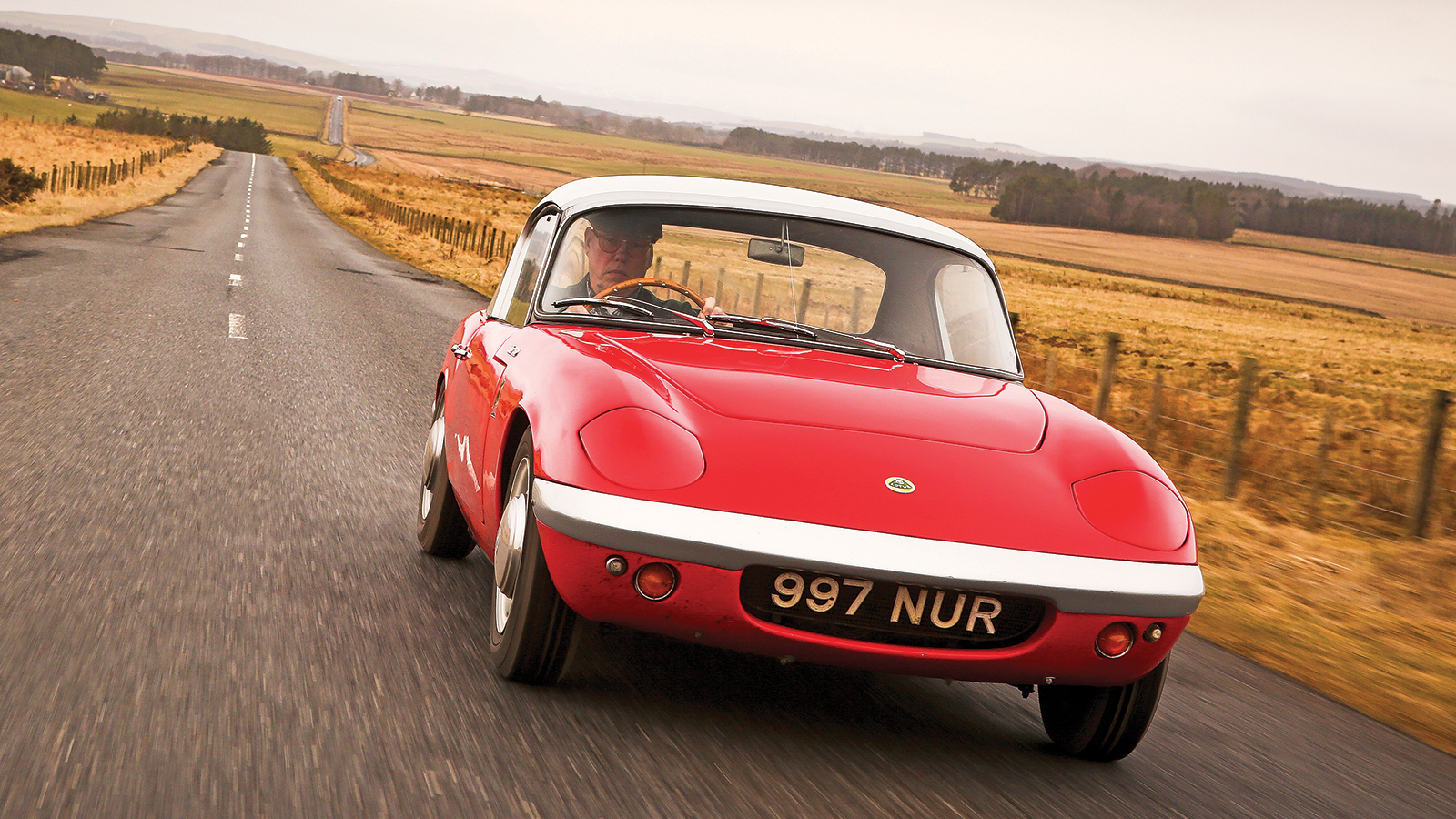
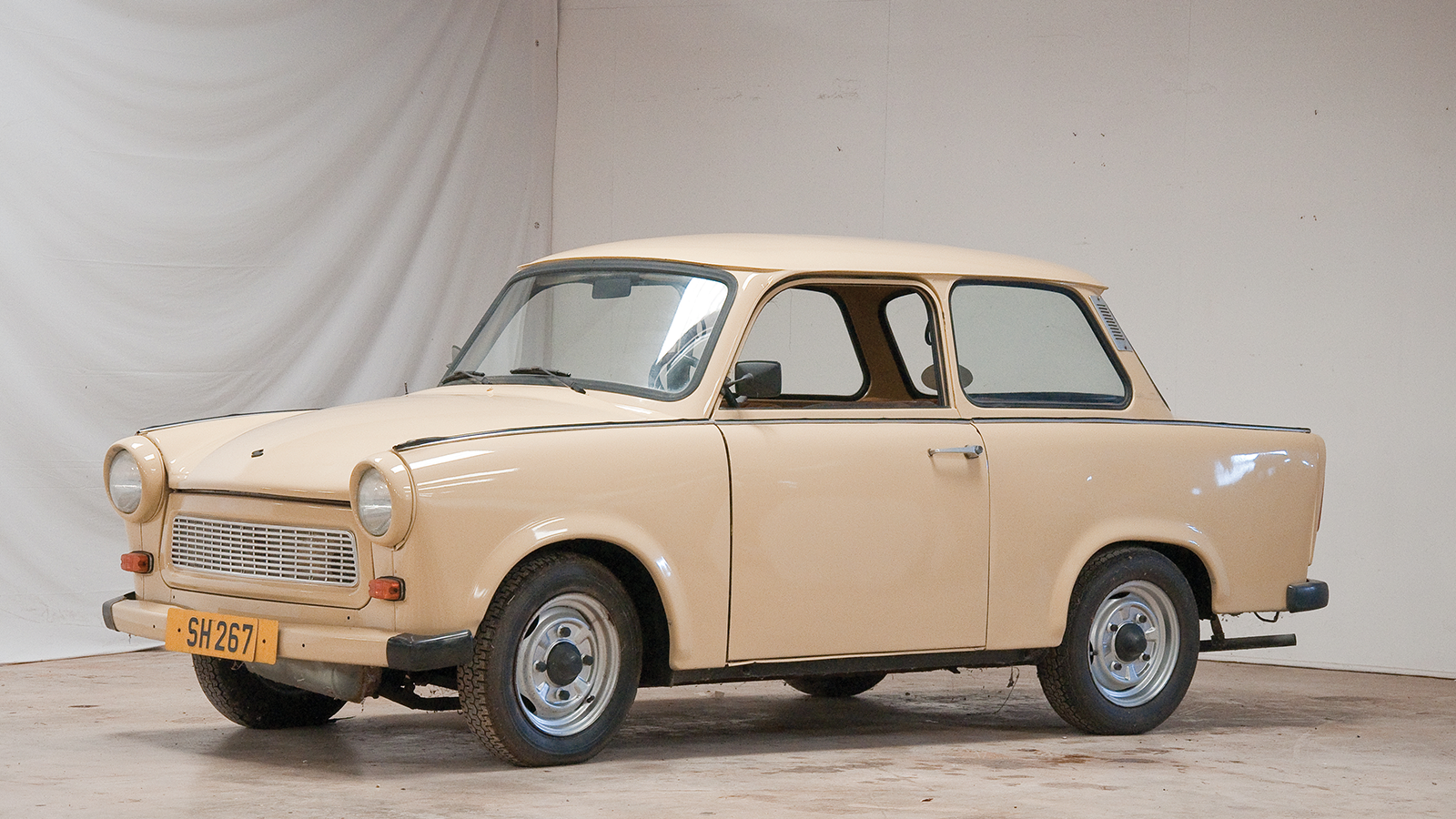

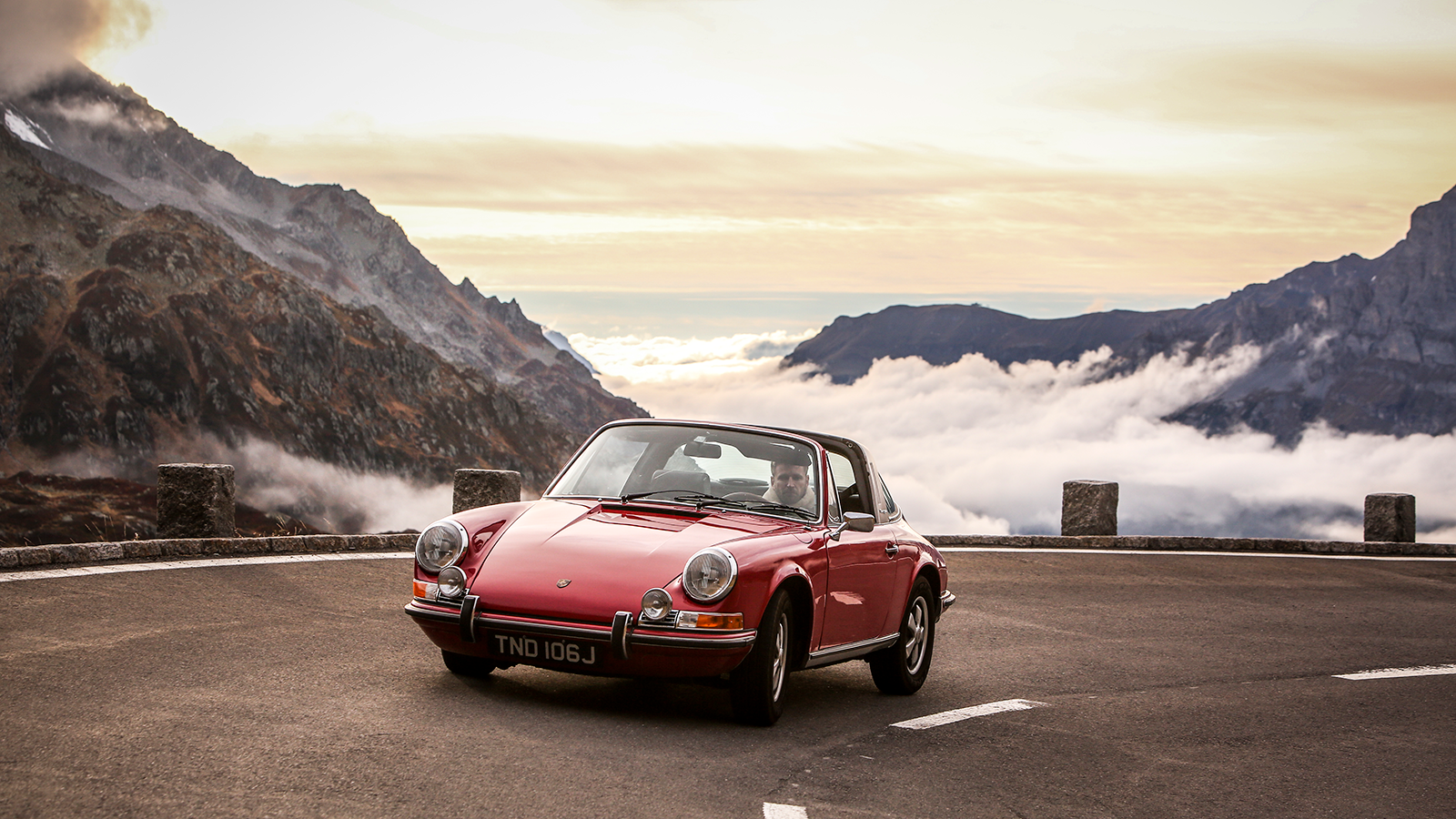
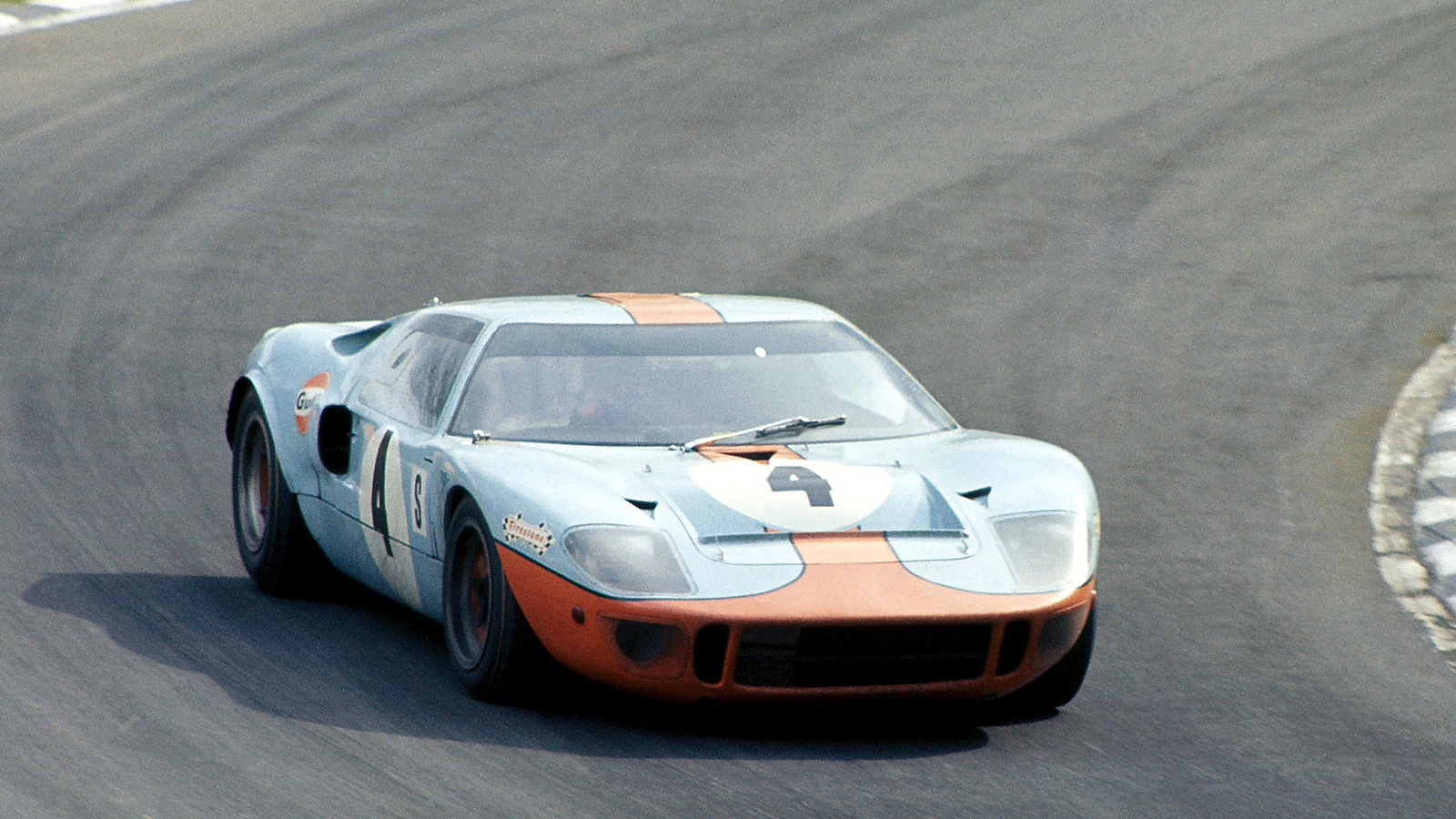
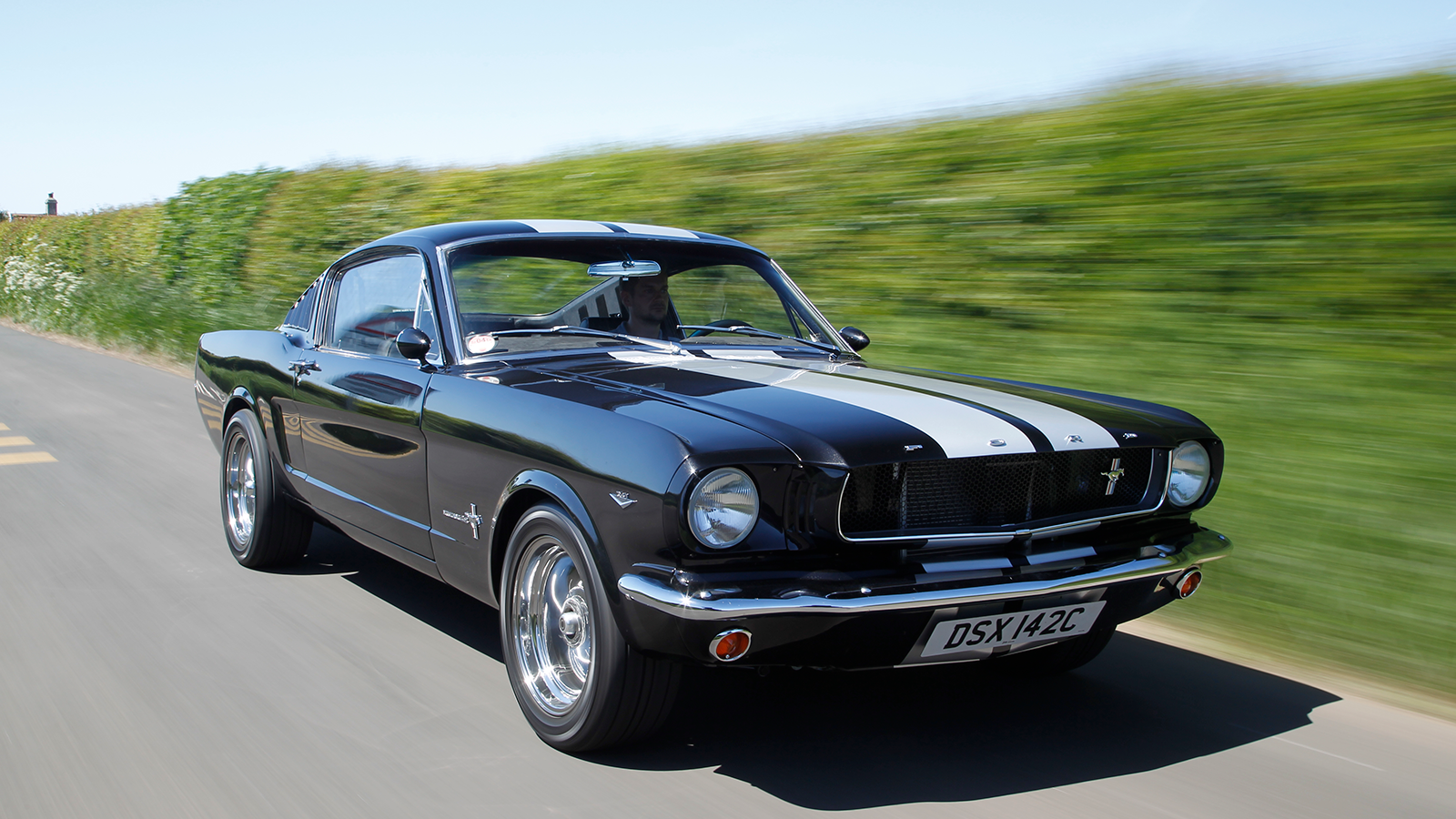

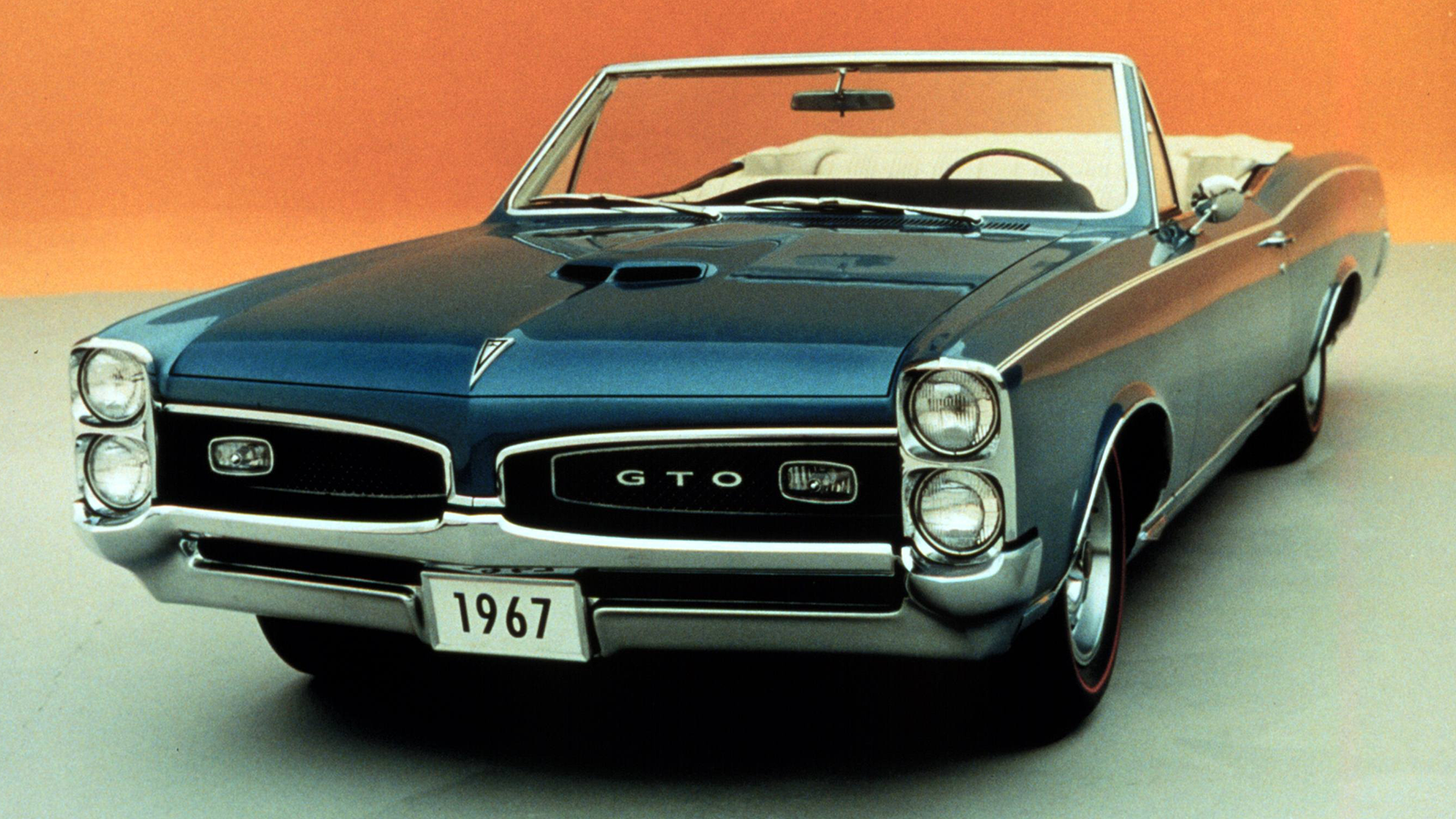
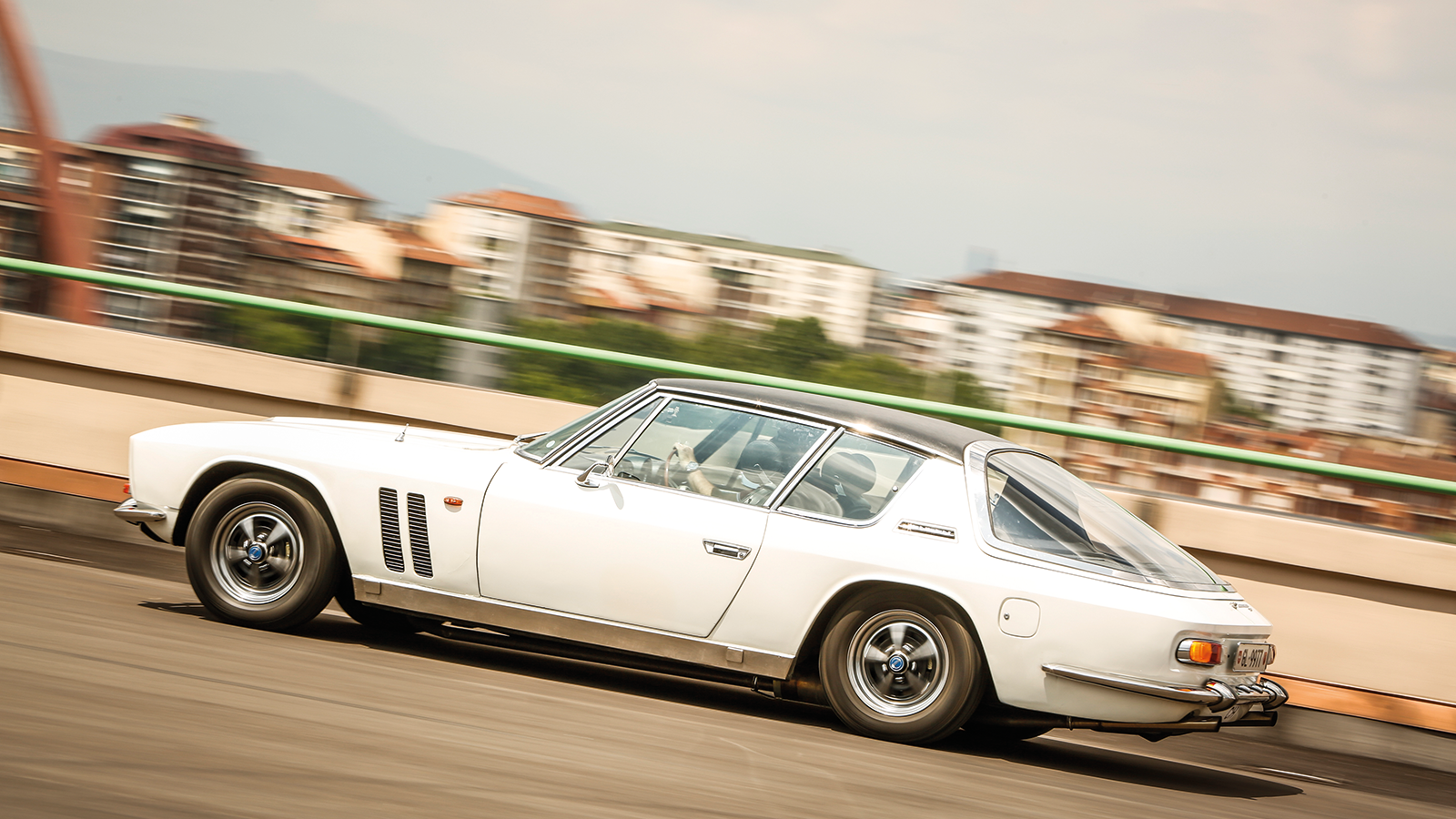
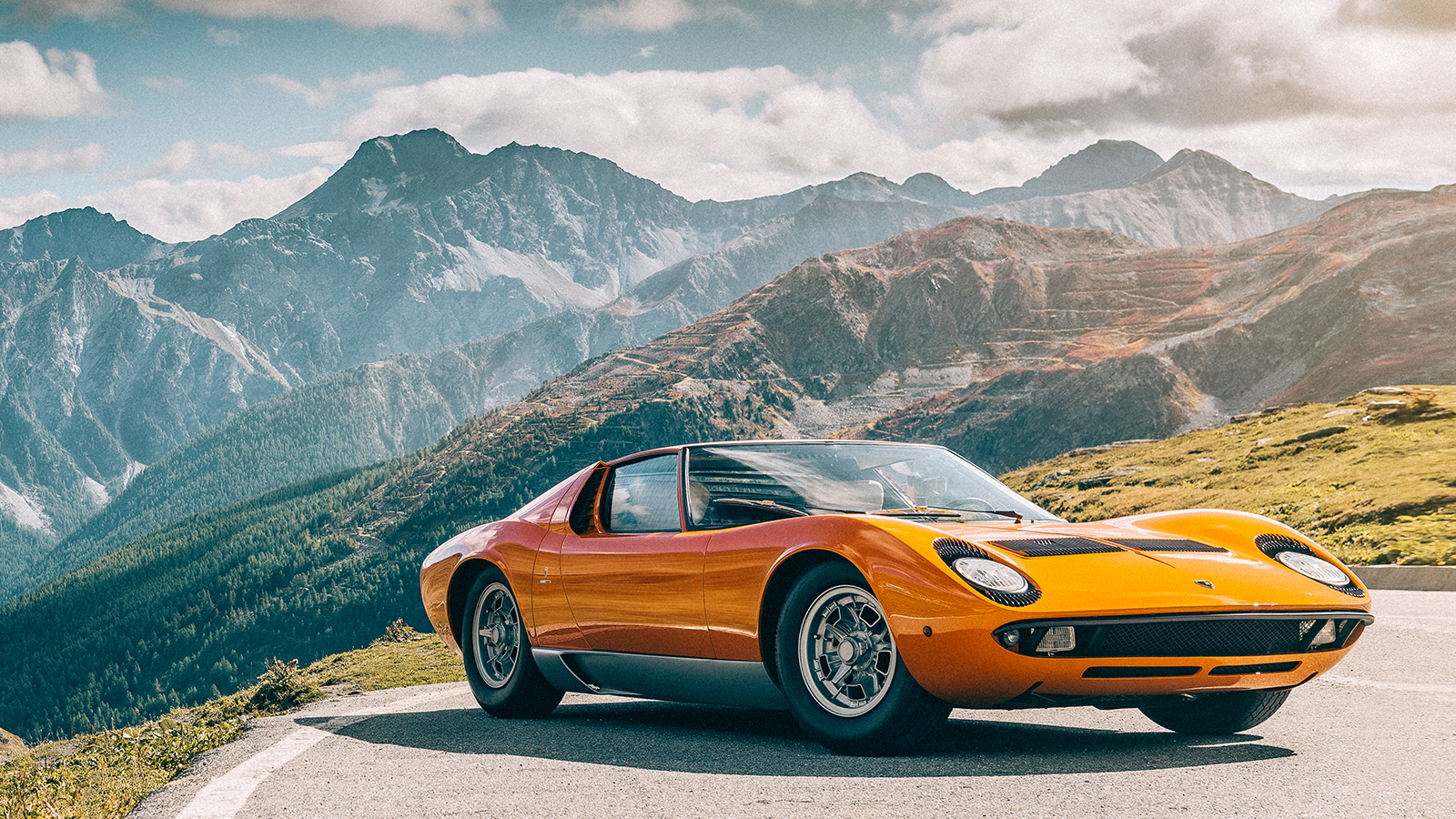

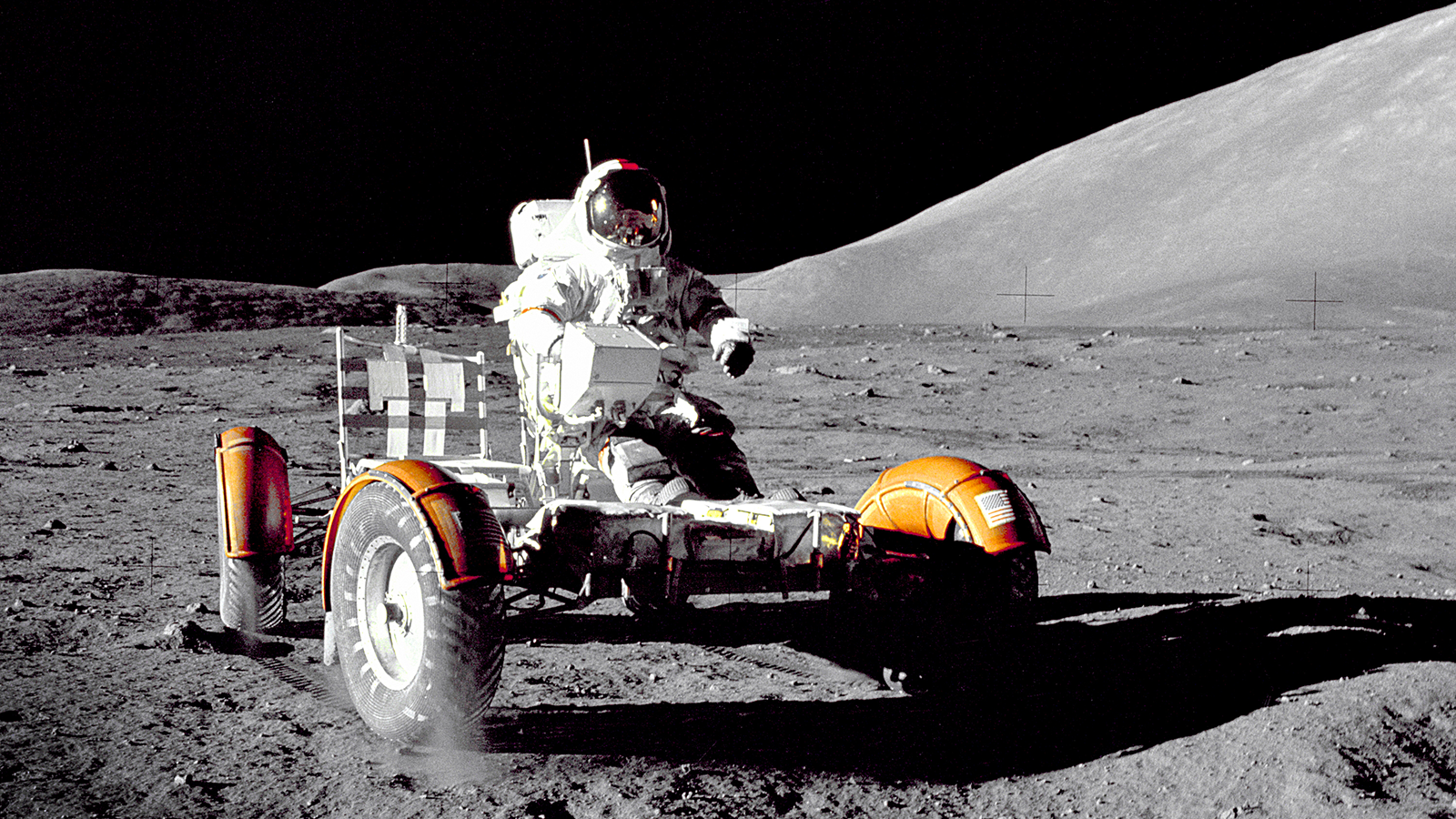

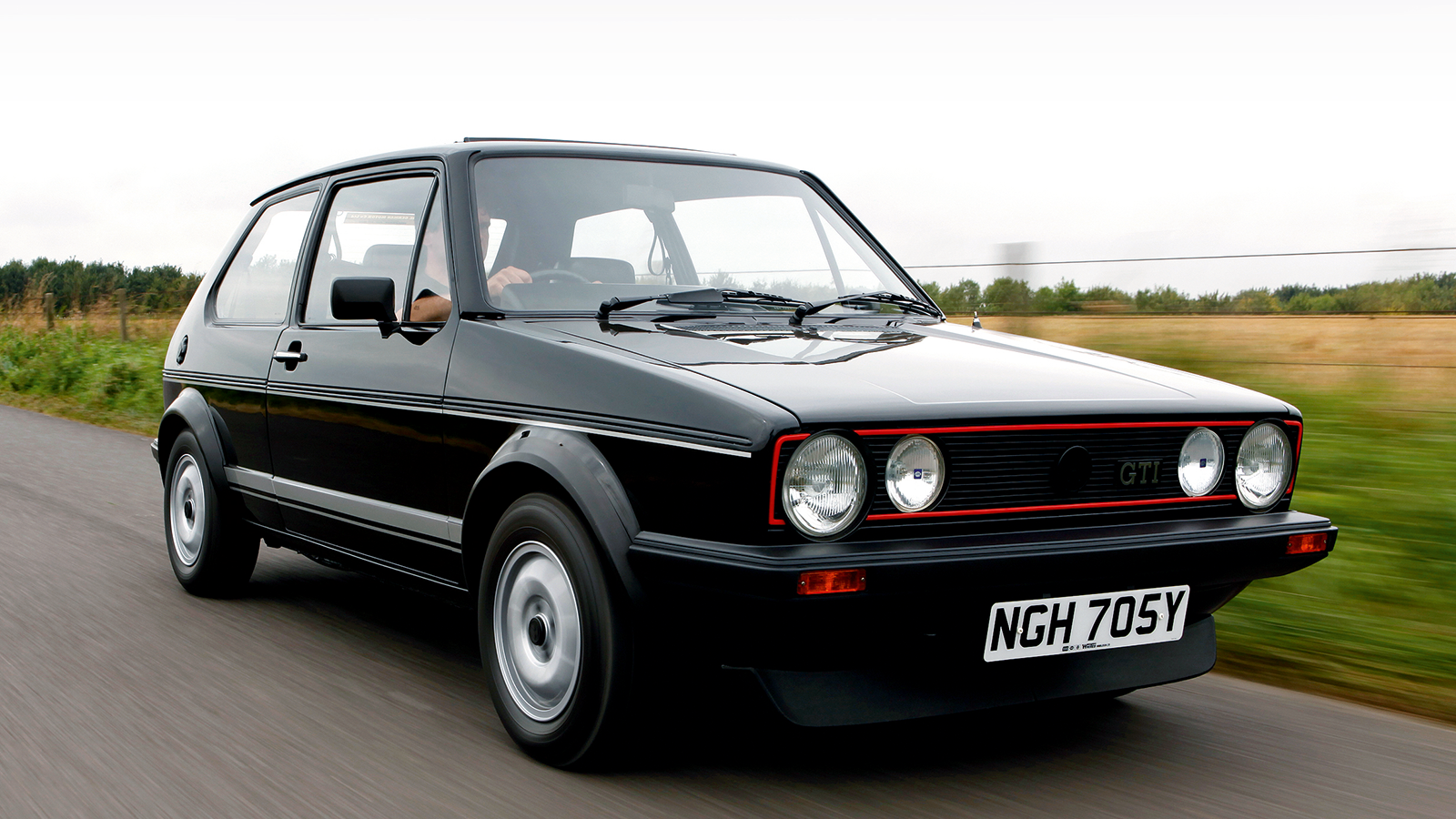
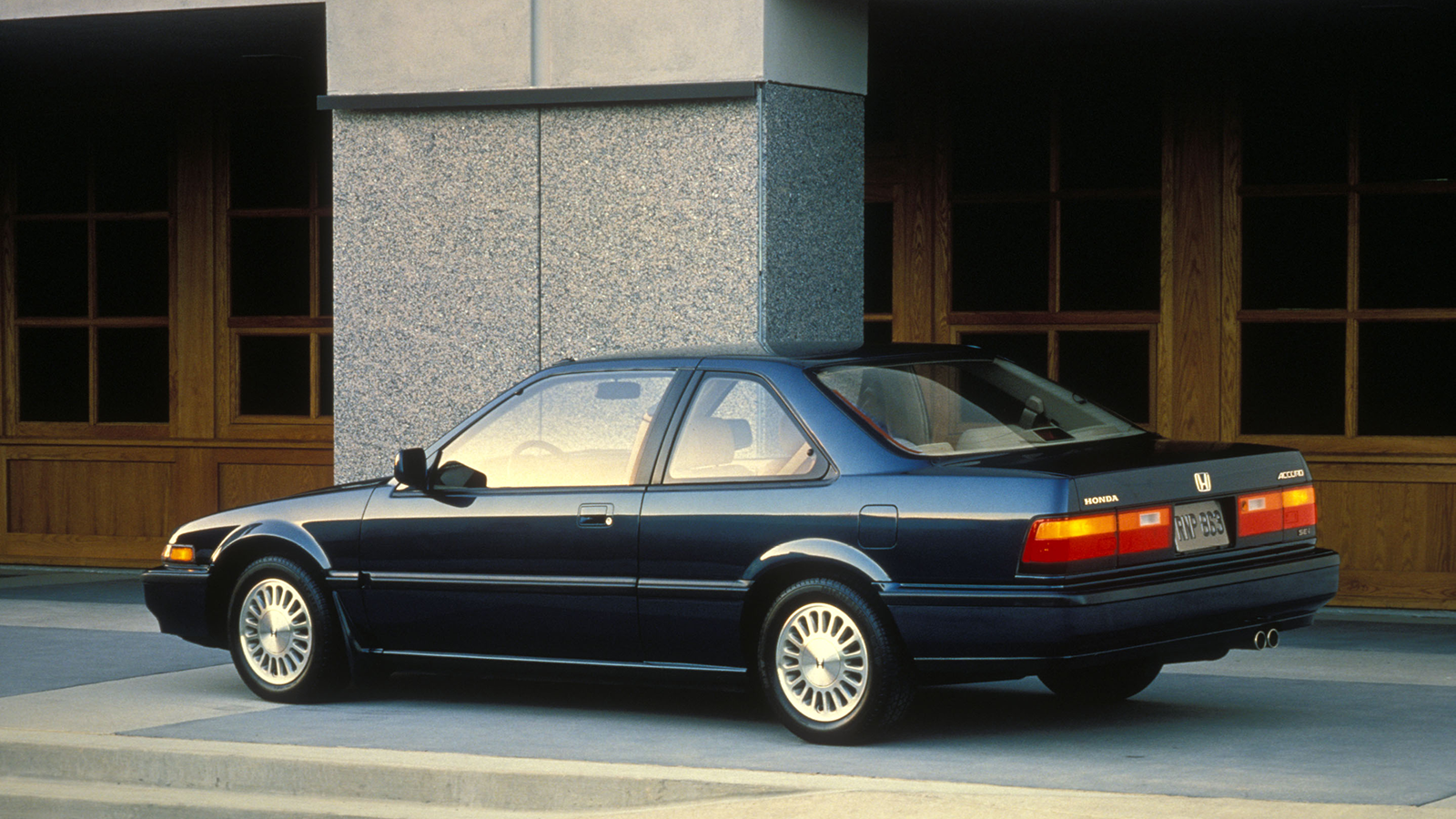
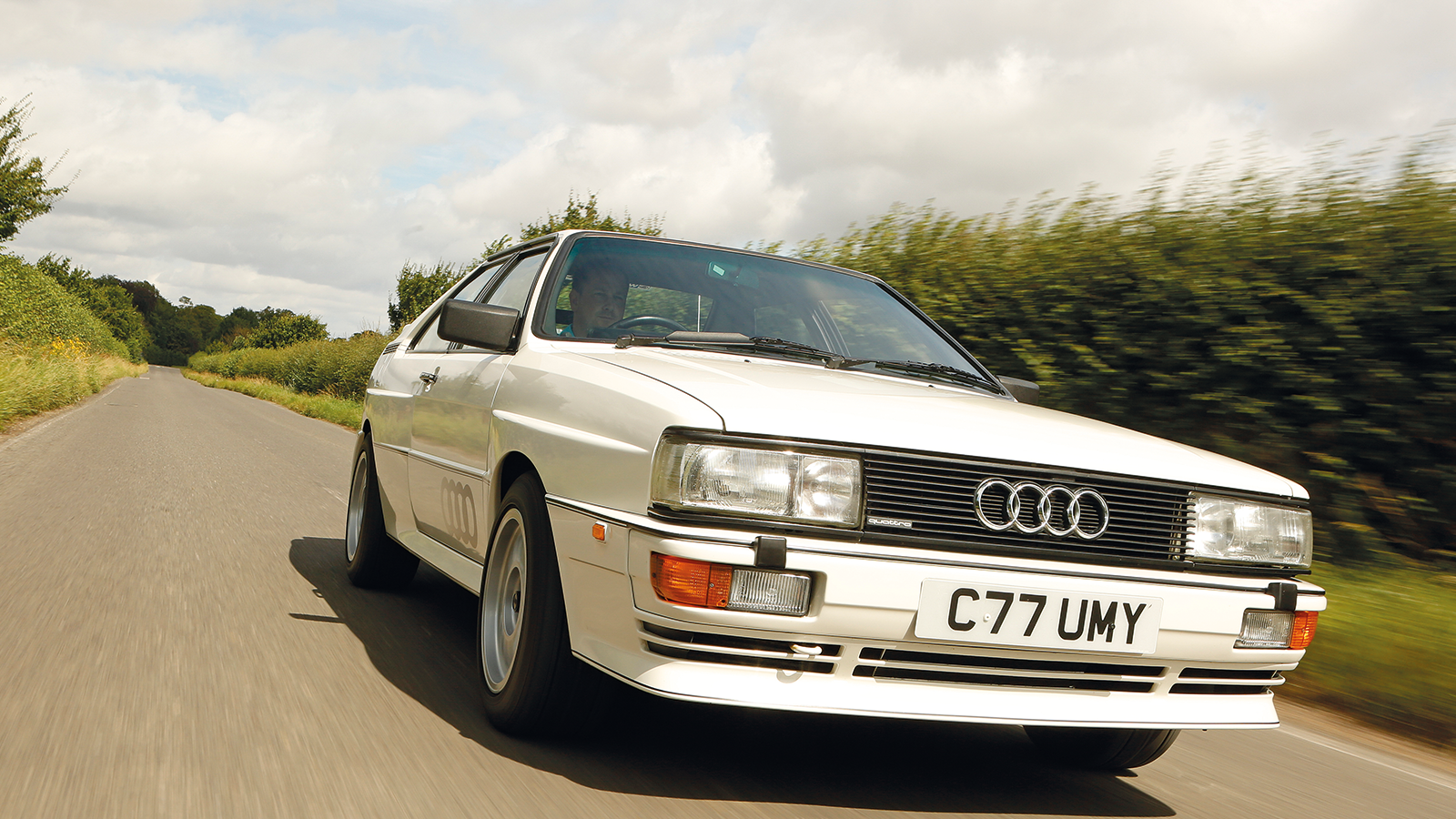
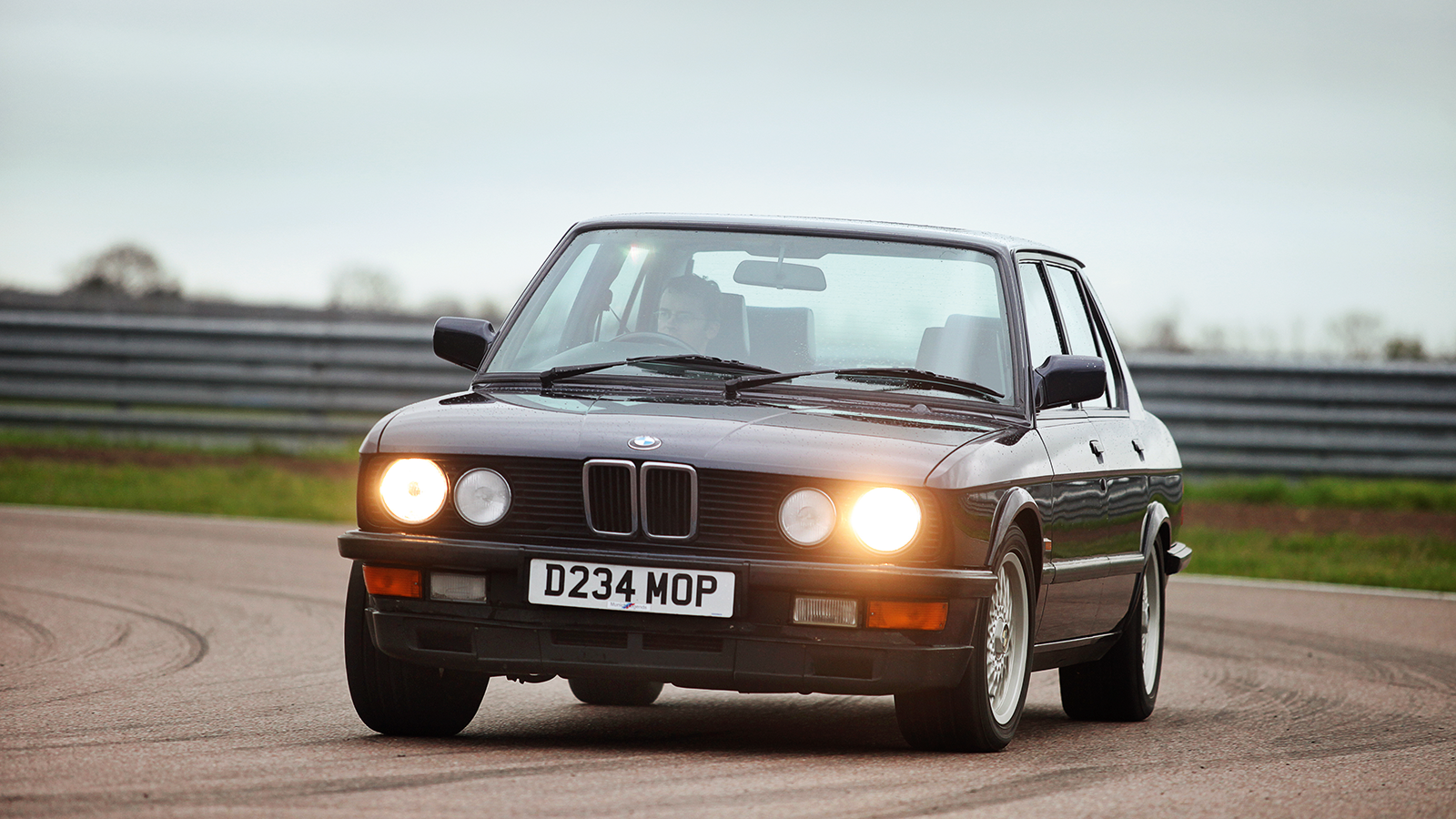
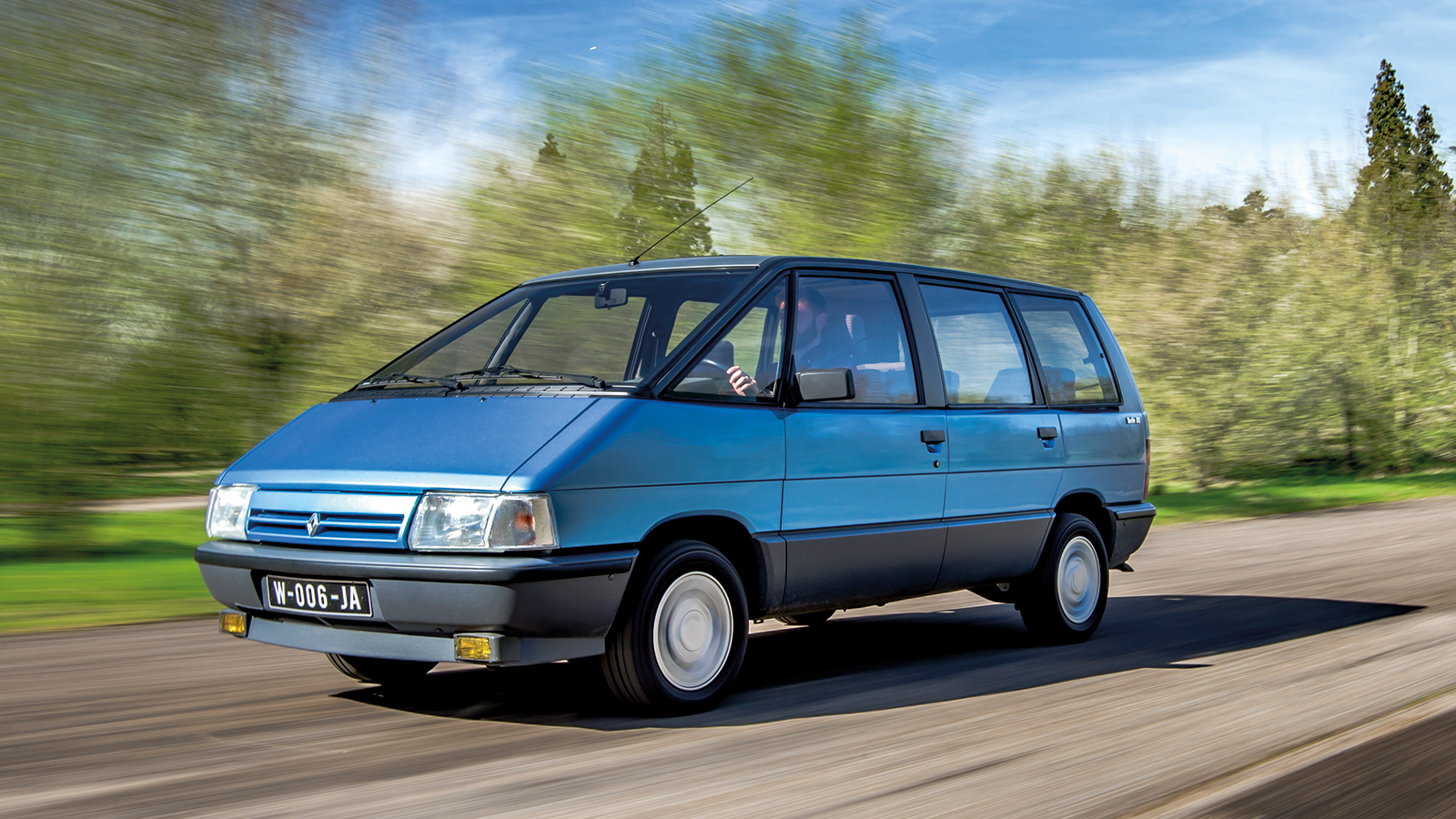
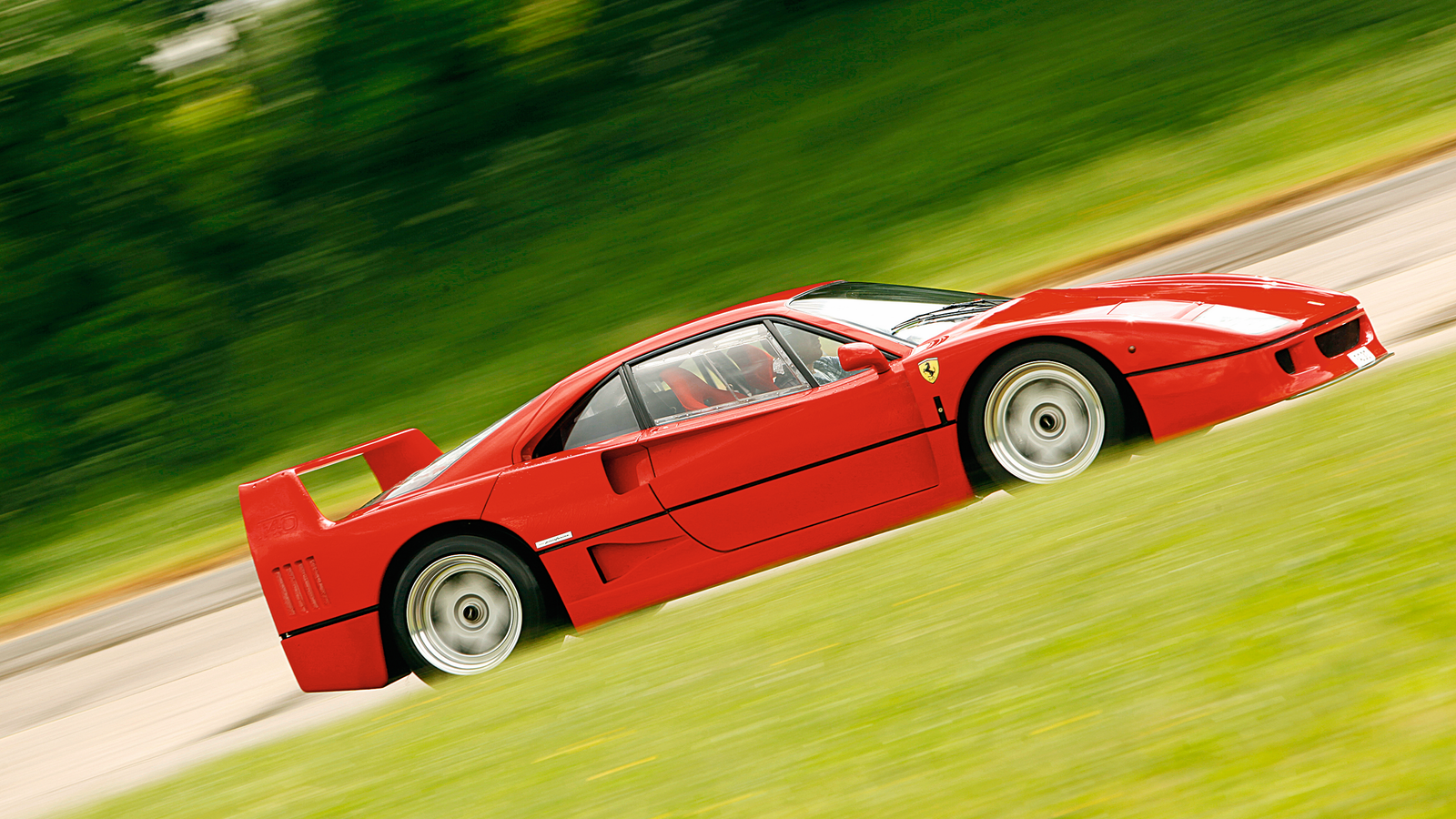
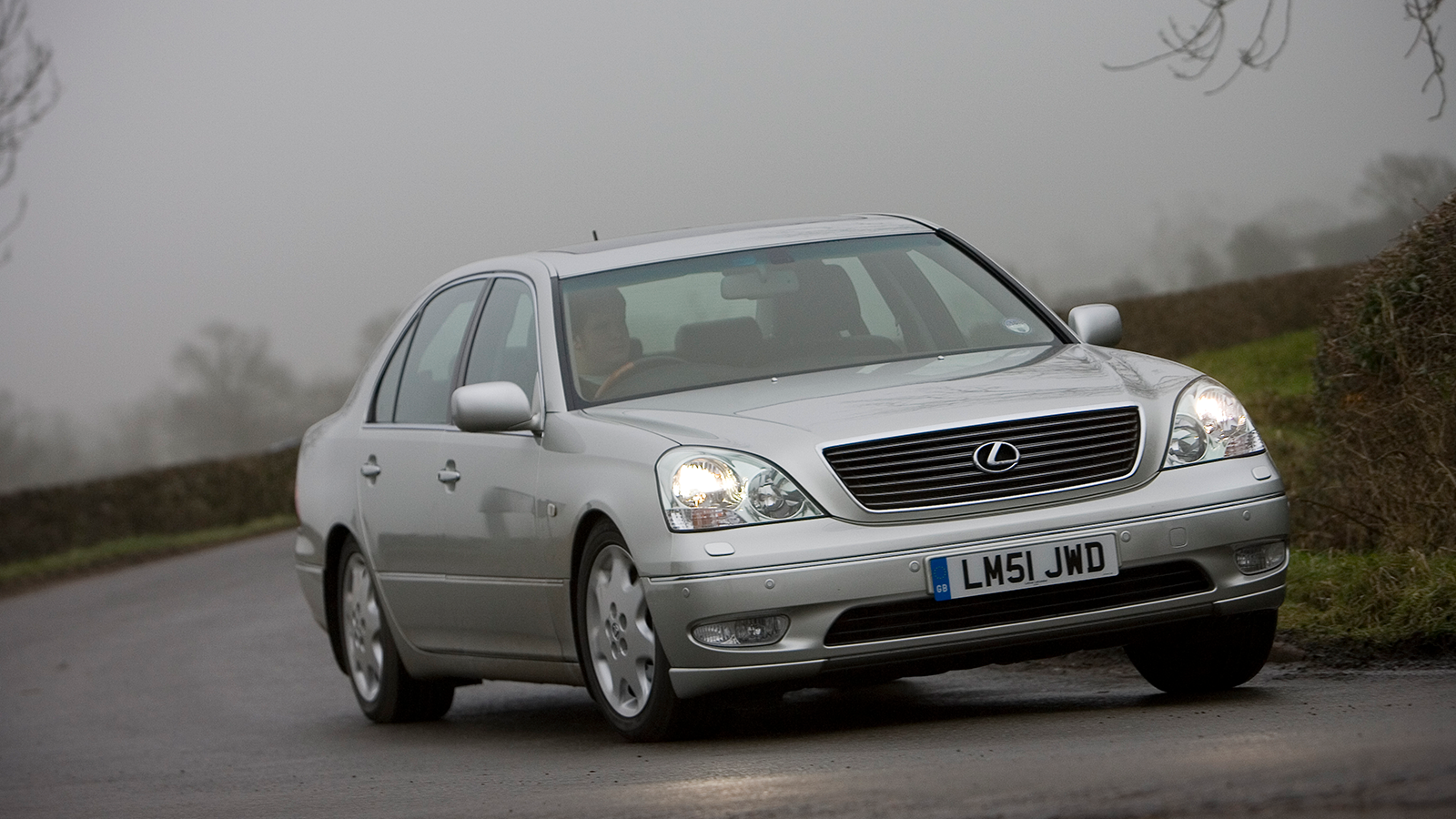
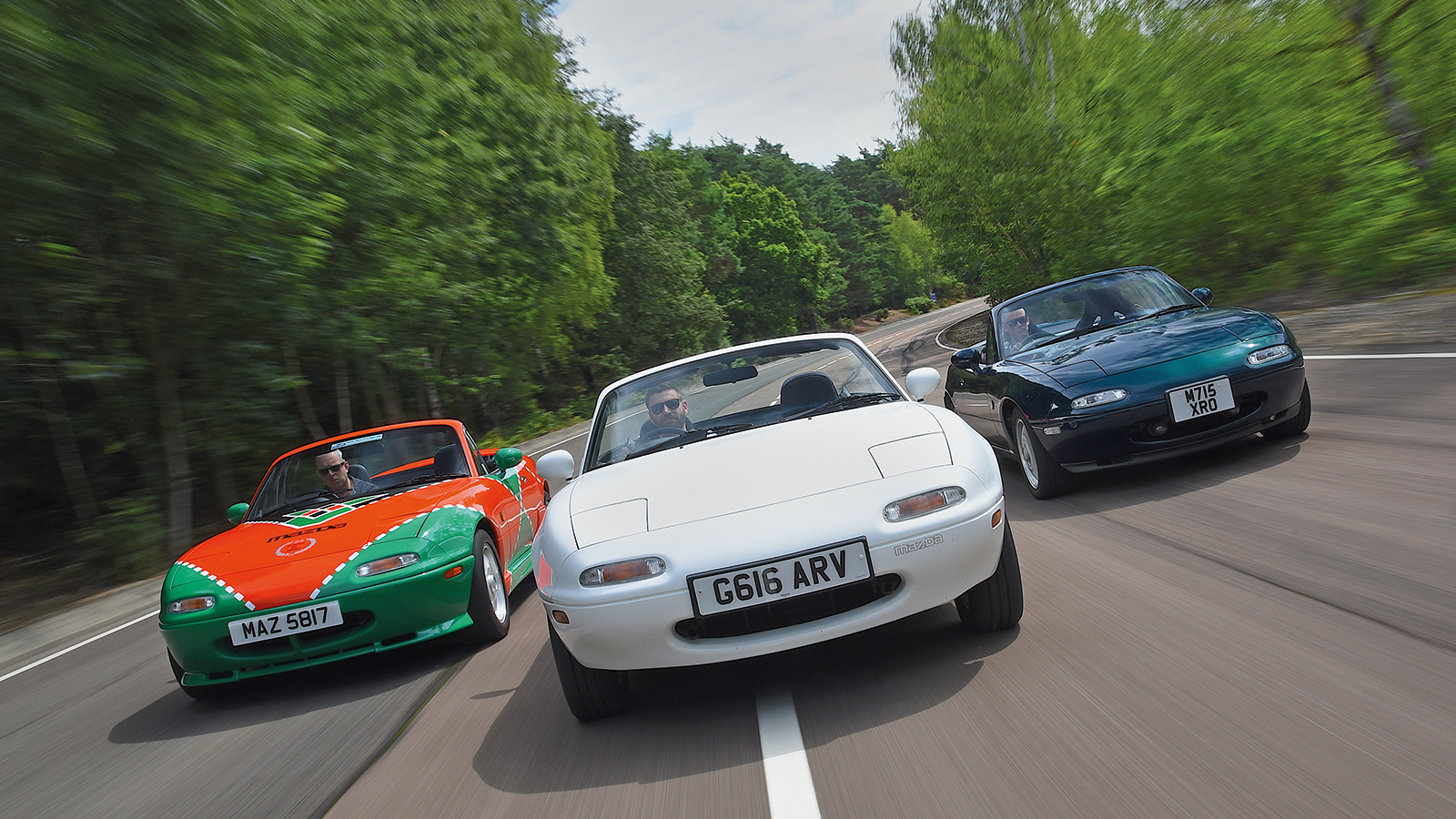
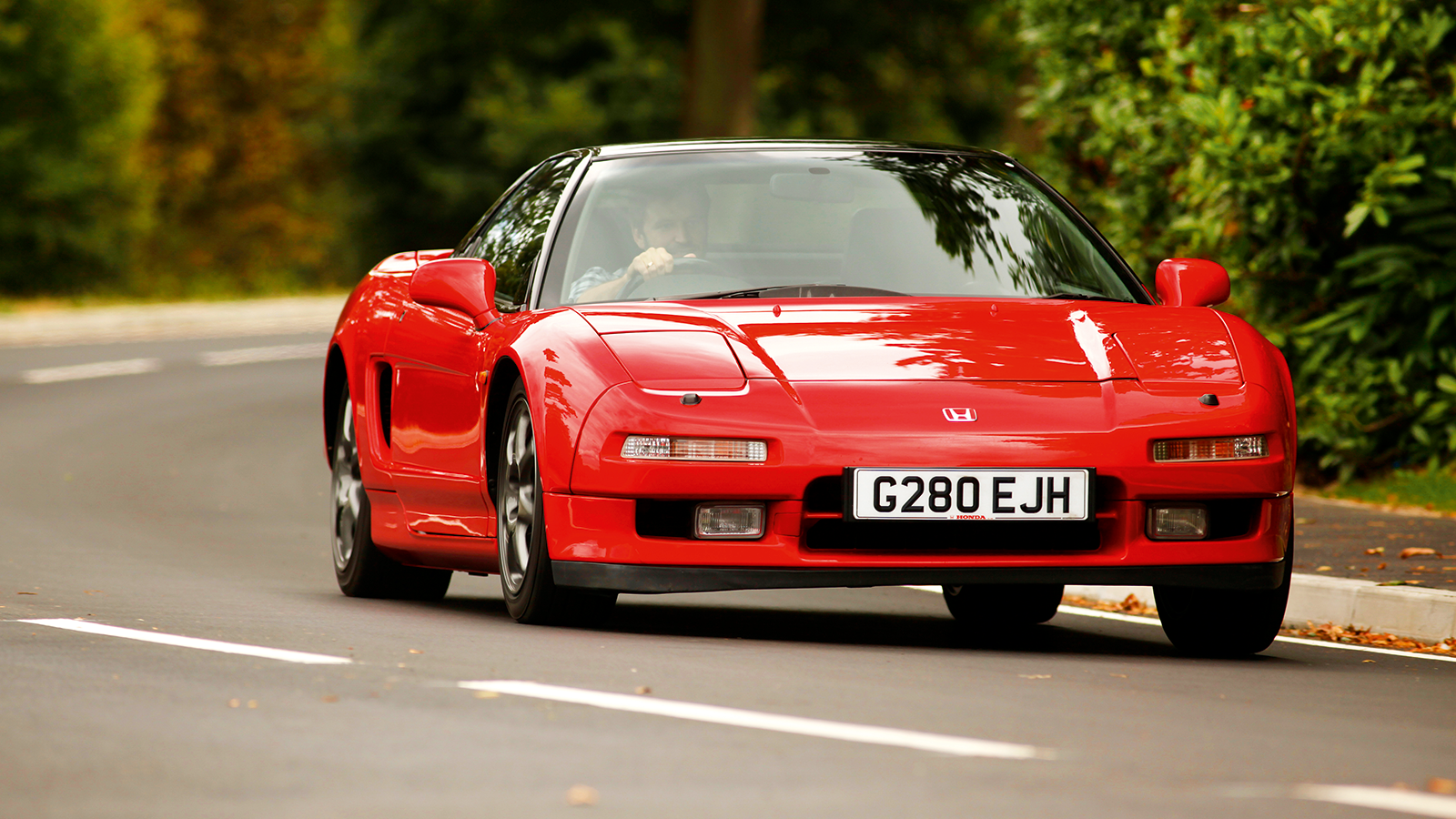
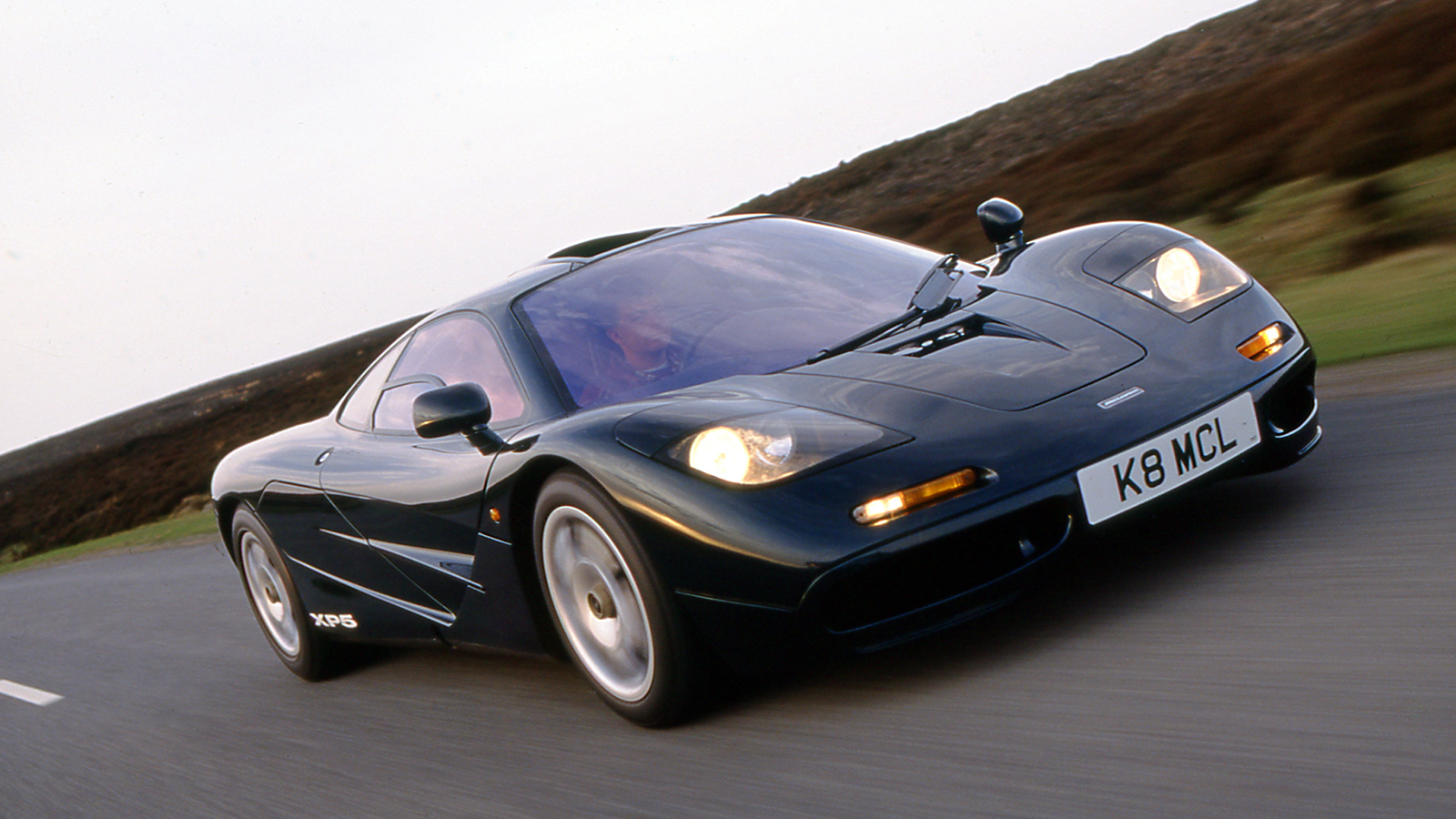
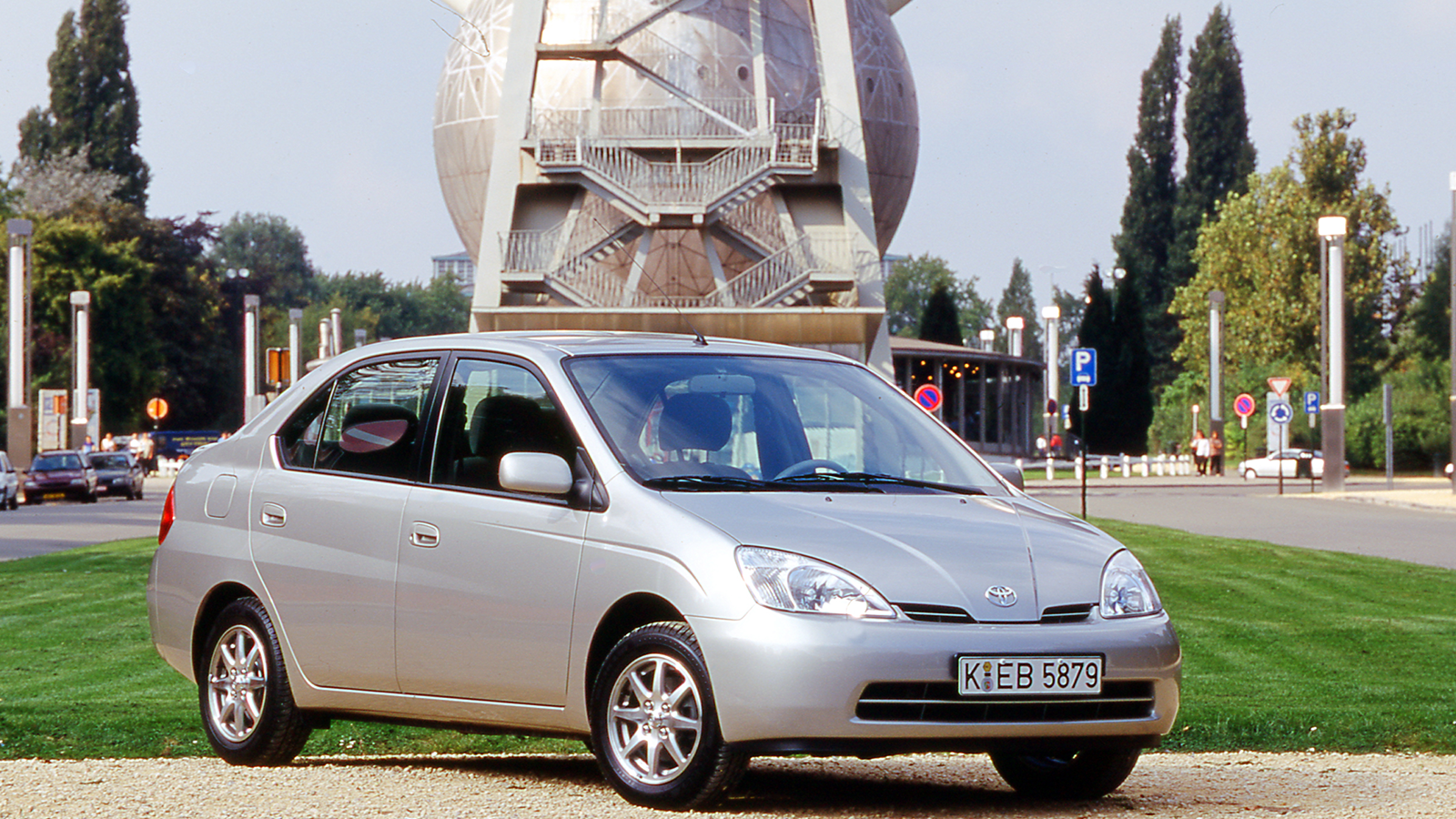
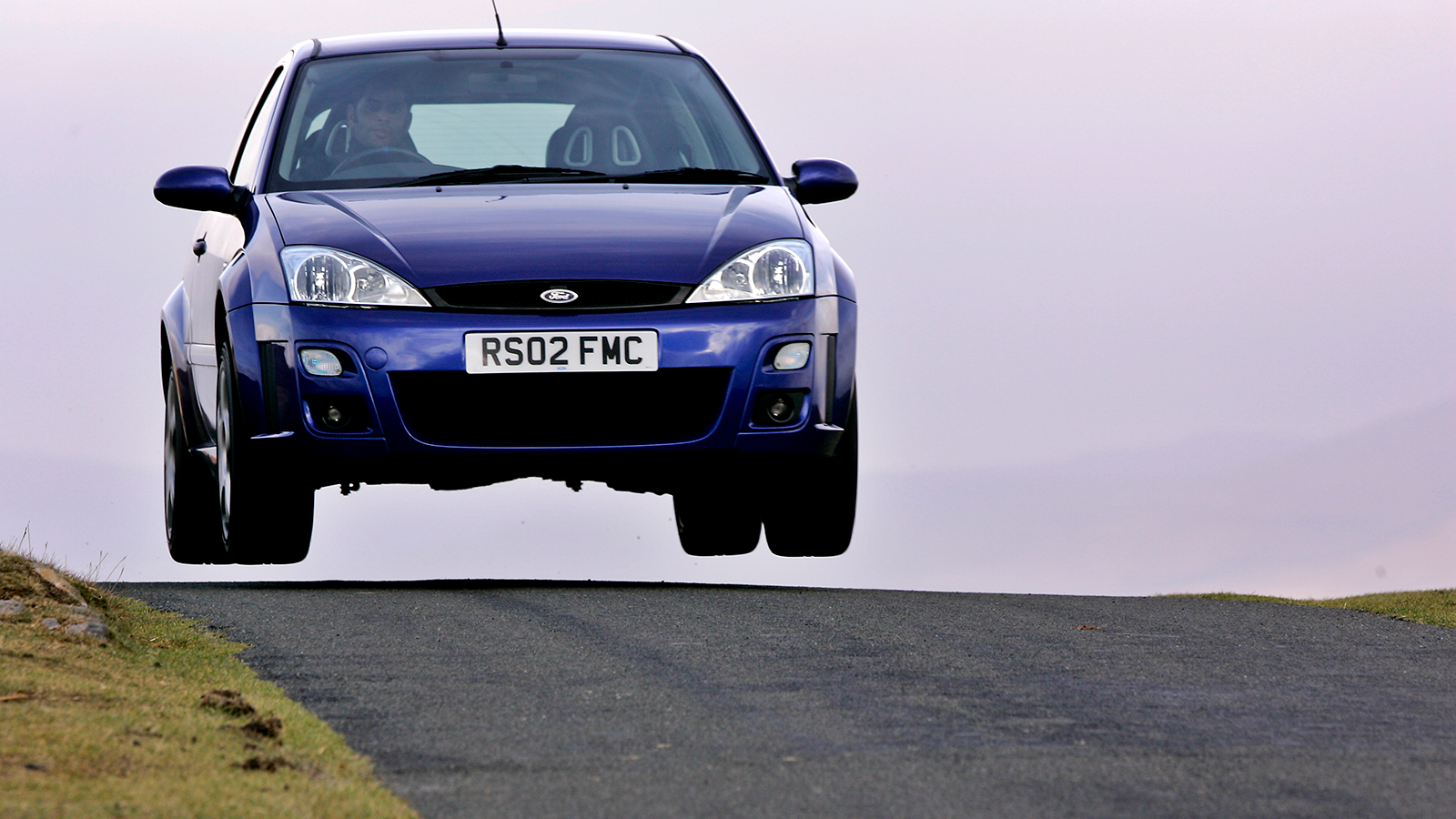
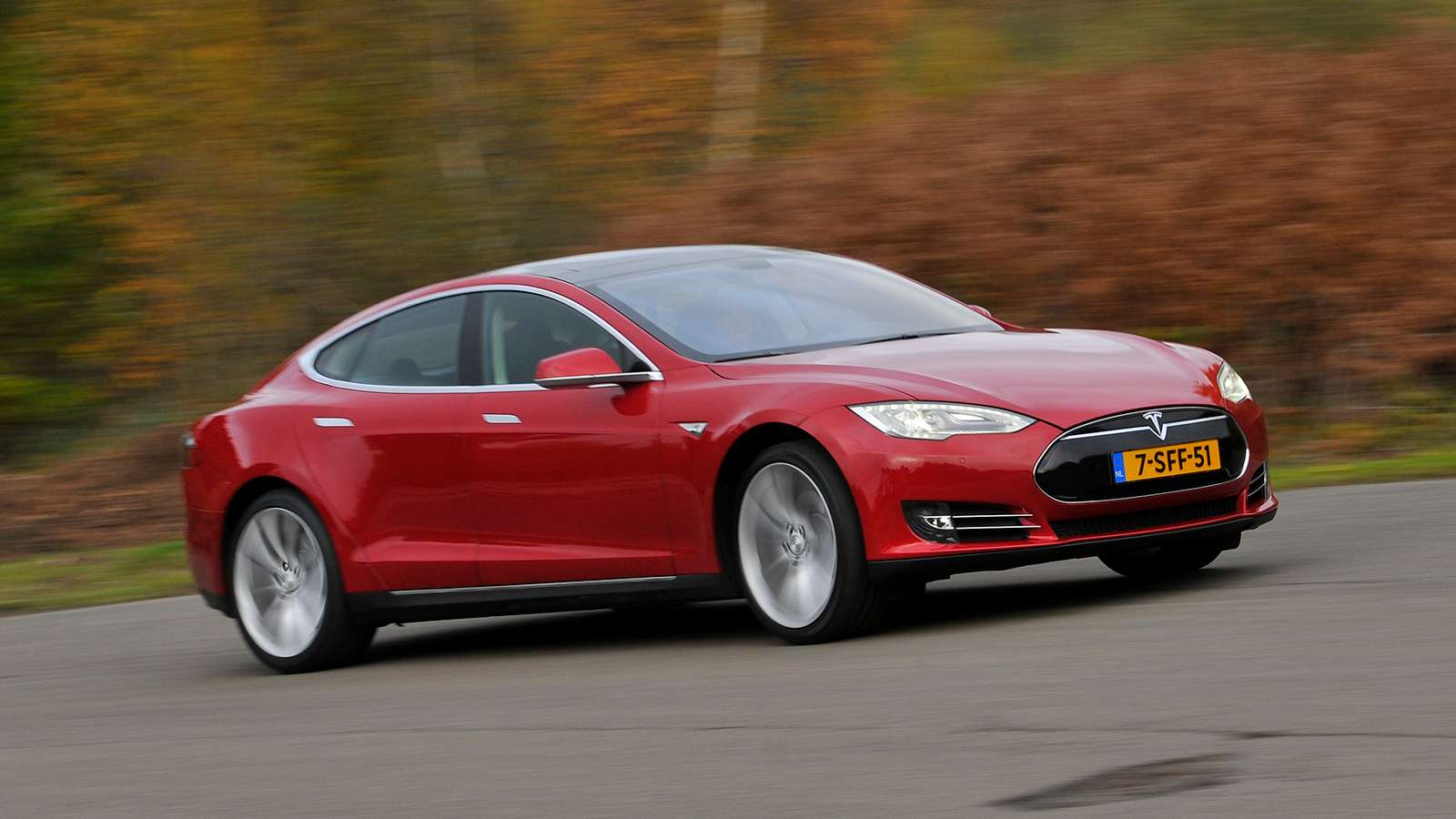
From Benz to Tesla
Few inventions have had such an impact on the world as the automobile.
From the first ‘horseless carriages’ of the late 19th century to today’s gadget-packed electric SUVs, the motor car has transformed the way in which we move around.
Of course the car itself has also changed plenty over those 130-odd years, so which models have had the biggest impact – both for good and bad?
Here’s our list of 50 game-changers, from earliest to most recent.
Benz Patent-Motorwagen (1885)
The car that started it all doesn’t look much like a car to modern eyes, with its tiller steering and three-wheel layout. But it was a revelation in 1885, and capable of around 10mph thanks to its mighty 0.9bhp rear-mounted, 954cc single-cylinder engine.
Karl Benz’s wife Bertha publicised the invention by undertaking the first ever road-trip by car, travelling more than 60 miles to her hometown of Pforzheim.
Ford Model T (1908)
Benz might have given us the car, but it was Henry Ford that put it within reach of ordinary men and women for the first time.
Ford’s ruthlessly efficient production line system allowed him to pump out cars faster and cheaper than anyone else, and by 1918 Model Ts accounted for half of all automobiles on US roads.
By the time it finally bowed out in 1927, more than 15 million had been produced.
Vauxhall Prince Henry (1911)
The Prince Henry offered unparalleled performance for the time: its 60bhp four-cylinder engine could propel it to a remarkable 65mph, considerably faster than period rivals such as the Ford Model T. It was only 15 years earlier, remember, that the 4mph speed limit had been abolished.
It was arguably the first road car designed purely for enjoyment – and therefore also the first true sports car.
Cadillac Model Thirty (1912)
Inventor Charles Kettering was a massively important figure in the early years of the motor car and played a key role in developing both leaded fuel and diesel engines.
It turns out that neither of those were great things for either the environment or human health, but we’re happy to praise him for inventing the electric starter.
This appeared for the first time in the 1912 Cadillac, replacing the until-then ubiquitous hand crank that, if used incorrectly, could cause serious injury or even death.
Austin Seven (1922)
Britain’s first everyman’s car, the little 7 was simple, and incredibly versatile. Designed as an affordable economy car for the 1920s, it would go on to become a race winner, form the basis of thousands of home-built sports car specials, and play a key role in the early history of Jaguar, BMW and Lotus.
Lancia Lambda (1922)
The Lambda brought several innovations we take for granted, including independent front suspension and shock absorbers, but the real game changer was the unitary construction.
Instead of comprising separate body and chassis units, Lancia combined the two, creating a lower, much lighter sports saloon in the process.
Cadillac Series 341 (1928)
Cadillac could easily have provided half of the early entries in this list: as well as giving us the first electric starter, it also provided the first crunch-free synchronised transmission, in the 1928 Series 341.
Later on it also invented the world’s first production V16 engine, and while they’re not exactly commonplace, it meant Caddy set a standard for refinement all future luxury cars had to live up to.
Citroën Traction Avant (1934)
The Traction Avant was light years ahead of rivals when it appeared in 1934, thanks to its front-wheel drive layout, hydraulic brakes and independent suspension.
But the biggest step forward was the switch to unitary, rather than body-on-frame, construction. This lopped inches off the height and kilos from the kerb weight – and made it both faster and more efficient than rivals, not to mention rakishly low-slung.
MG T (1936)
The TA, TB and TC are the machines that kick-started America’s love for sports cars.
US serviceman station in Europe fell in love with these light, simple two-seaters, many of them shipping them home at the end of their tours, encouraging MG and other marques to start sending new versions across the Atlantic.
Even America’s own sports car, the Corvette, owes a debt of gratitude to the T-series.
Volkswagen Beetle (1938)
The Bug may owe its existence to history’s most reviled dictator, but these days the original ‘people’s car’ is better known for its hippie-friendly flower-power reinvention than it is for being Adolf Hitler’s brainchild.
More than 21 million of them were produced over an 80-year period, drawn in by a combination of cheap price, reliable mechanics and Ferdinand Porsche’s timeless design.
Oldsmobile (1940)
Cadillac’s all-synchro manual transmission (earlier in this list) had taken some of the graunch out of the daily grind for America’s well-heeled drivers back in the late 1920s, but it was the first fully automatic transmission, introduced by GM sister-brand Oldsmobile in 1939, that changed the course of the luxury car.
Willys Jeep (1941)
The original 4x4 truly did change the world – not only did it directly influence the Land-Rover and all off-roaders that followed it, but it played such a significant part in WW2 that General George Marshall called it “America's greatest contribution to modern warfare.”
Cisitalia 202 (1947)
Think about the lumbering, upright saloons you might have seen on the road in 1947, mostly still based on pre-war designs, then take another look at the car above.
By integrating the bonnet, lights, winds and roof of the 202 into one fluid surface, Pinin Farina revolutionised car design so comprehensively that modern cars still use his template today.
Jaguar XK120 (1948)
The XK120 had been only been designed as a publicity exercise to showcase Jag’s new 3.4-litre XK engine, but it caused a sensation when it launched at the 1948 Earls Court Motor Show.
This classic British two-seater roadster could hit 120mph – undreamt of for a production car at that time – and went on to set multiple speed records.
That it also looked outrageously stylish for a world that was only just starting to recover from WW2 was the icing on the top of a very fast cake.
Land-Rover (1948)
It may not have been the first off-road vehicle, but the Land-Rover was the first to do that rugged agricultural thing while also being a usable everyday vehicle for practically minded country families.
It was an immediate and massive success, and the later Range Rover built on its platform to add proper luxury into the 4WD mix.
Chevrolet Corvette (1953)
Now in its eighth generation and almost 70 years old, the Corvette nearly didn’t make it past its first birthday: the glassfibre body might have been novel to US buyers, but so were the water leaks.
What’s more, it was saddled with a decidedly un-sporty two-speed automatic transmission that made it more tortoise than hare.
Thankfully, Chevy persevered, and by 1955, with a brilliant new small-block V8, a manual transmission option, and wind-up windows, the Corvette began to build its legend.
Mercedes-Benz 300SL (1954)
OK, so the SL’s engine was up-front, and not behind the seats, but this race-derived Benz can arguably lay claim to being the first modern supercar.
Developed from the all-conquering W194 racer at US importer Max Hoffman’s suggestion, the production SL’s 3-litre straight-six engine featured a sophisticated Bosch direct-fuel-injection system that helped it produce 212bhp.
And those incredible gullwing doors? Worth another 40bhp, at least.
Citroën DS (1955)
Everything about the Citroën DS was breathtakingly futuristic.
It looked simply sensational, a sci-fi vision from the pen of Flaminio Bertoni that prompted the philosopher Roland Barthes to declare that “It is obvious that the new Citroën has fallen from the sky…”
The tech inside it was even more incredible: hydropneumatic suspension ensured it floated over the roads like a magic carpet, and there was power-assisted steering, a clutchless semi-automatic transmission, disc brakes, a glassfibre roof and the most advanced heating system yet.
It was like nothing that had come before and, according to motoring journalist Robert Cumberford in Motor Trend, marked the point at which the automobile made its “first real break with the 18th-century tradition of clockwork concepts for machine design”.
Volvo Amazon (1956)
Even before Ralph Nader got stuck into the Corvair in the mid 1960s, some carmakers were starting to take safety seriously.
The Mercedes W111 was the first vehicle to be designed with crumple zones to help dissipate energy in an accident, and Volvo’s handsome Amazon was the first car to be fitted as standard with a three-point safety belt.
Cooper T43 (1957)
Although other competition cars from the likes of Auto Union had achieved major success with the engine behind the driver, by the 1950s GP racing was dominated by front-engined machines. That is until the tiny rear-engined Cooper T43 won the Argentinian Grand Prix in 1958.
The subsequent T51 was even more successful, taking the F1 Championship in both 1960 and ’61, and before long every self-respecting sports car company was selling, or at least mulling over, a mid-engined road car.
Mini (1959)
Packaging genius Alec Issigonis found space for four in a 10ft box by fitting compact rubber-spring suspension and mounting the engine on top of the transmission, sending drive to the front wheels.
Fiat perfected the layout, mounting the engine beside the transmission on its 128 (and even earlier Autobianchi Primula), but the Mini remains the foundation for modern car design.
Chevrolet Corvair (1960)
Chevy’s ill-fated Corvair was a game-changer for two reasons.
Firstly, this bold rear-engined air-cooled import-fighter showed how brave Detroit’s car industry could be when it tried.
Secondly (and far more importantly), its crucifixion at the hands of safety campaigner Ralph Nader helped make future cars of every kind safer.
Jaguar E-type (1961)
The quintessential ’60s sports car immediately captured the zeitgeist: anyone who was anyone owned one, and together with the Mini it came to represent those heady times.
Perhaps that’s why it’s been considered a classic for almost its entire life: we first wrote about it back in July 1982, only seven years after the last one rolled off the production line.
Beautiful, fast and surprisingly cheap at the time – though not now! – it’s come to define the classic-car scene, not just in Britain but across the world.
AC/Shelby Cobra (1962)
The small car, big-engine combo of Ford’s small-block (and later, 427cu in big-block) V8 and AC’s compact Ace sports car proved devastatingly effective in the SCCA’s inaugural United States Road Racing Championship.
And with Pete Brock’s slippery fastback Daytona body adding 15mph to the roadster’s 160mph top speed, it even went toe to toe with the big guns, capturing the 1965 World GT Championship.
Lotus Elan (1962)
The Elan was the perfect encapsulation of Colin Chapman’s ‘Simplify, then add lightness’ ethos and redefined the idea of how good a (relatively) affordable sports car could be.
It’s long been regarded as one of the most driveable cars ever and was hugely influential too, serving as the template for Mazda’s MX-5 – now the best-selling sports car of all time.
Trabant 601 (1963)
Not many cars can be credited with inspiring genuine social and political change, but there’s an argument that the humble Trabant did exactly that.
As the most common car in Iron Curtain-era East Germany, it came to signify everything that was wrong with Communism: while West Germans were driving BMWs and Mercs, East Germans had to put up with this unreliable, cramped, polluting and terribly specced nightmare of a car.
Jeep Wagoneer (1963)
The Range Rover might be the best-known luxury SUV, but it wasn’t the first. Jeep’s Wagoneer got there almost a decade earlier, its combination of car-like body, modern OHC engines and luxury trim and features helping set it apart from existing off-roaders from Land-Rover and International Harvester.
Today, even Rolls-Royce sells an SUV, and Ferrari has one in the pipes.
Porsche 911 (1963)
Porsche moved away from its Beetle roots when it slotted a brand new six-cylinder under the tail of its 356 successor.
Almost six decades on, this iconic coupé has survived internal coups, the engine’s still in the back, and the 911 is still the benchmark for high performance sports cars. It’s also one for the few sports cars you don’t have to sell when you have kids!
Ford GT40 (1964)
It’s a story so good, even Hollywood couldn’t resist telling it. Having been rebuffed by Enzo over efforts to buy Ferrari, Henry Ford II vows to hit Ferrari where it hurts: at Le Mans.
Based on a British Lola chassis and powered by a tough US Ford V8, the GT40 wasn’t a success out of the box. But it did beat Ferrari at Le Mans in 1966. And every one of the three years that followed.
Ford Mustang (1964)
The Mustang’s genius wasn’t the way it was put together, but the way it was sold. A simple re-skin of the Ford Falcon, there was nothing particularly innovative about the ’Stang, and despite its muscle-car rep, most were either feeble six-pots, or modestly powered small-block V8s.
But it looked so good it didn’t matter, and the endless personalisation possibilities meant there was a Mustang for almost anyone.
NSU Spider (1964)
The largely forgotten Spider was the world’s first production car to use a Wankel rotary rather than internal combustion engine, and while it may not have changed the world yet, it still could do so.
Though rotary engines never quite took off as expected, with only Mazda producing them in any real volume, it turns out they’re the perfect vehicle for hydrogen fuel – and therefore possibly the future of motoring.
Pontiac GTO (1964)
Never the fastest of muscle cars, and strictly speaking, not even the first, the GTO is still the car that defined the breed.
Inspired by its lusty 389cu in (later 400 and 455) V8, cleverly marketed image, and an entirely unrepresentative 4.6 secs 0-60mph figure achieved by magazine road testers with a secretly uprated 421cu in test car, the GTO was immortalised in song and on film.
Jensen FF (1966)
Before the FF, four-wheel drive was for farmers and soldiers.
But Jensen used Ferguson’s all-wheel drive hardware, and a revolutionary Dunlop Maxaret mechanical anti-lock braking system to turn its V8-powered Interceptor into the first all-weather GT.
Lamborghini Miura (1966)
Lambo had already caused a few waves in Ferrari’s pond with its traditional front-engined 350 and 400GT, but the Miura was a full-on tsunami.
Arguably the first modern supercar, the mid-engined V12-powered Miura had it all: supermodel looks, true 170mph performance, and lashings of sex appeal.
Ford Pinto (1971)
An innocuous, and initially well-received attempt to create an economical domestic commuter car, turned into an infamous PR disaster for Ford when stories started appearing about Pintos exploding when hit from behind.
Having been alerted to potential problems, Ford investigated, calculated the cost of repairs, and declined to recall the car. But a huge compensation award in a court case over a fatal accident and the pressure from the National Highway Traffic Safety Administration eventually changed its mind.
Lunar Roving Vehicle (1971)
A top speed of about 11mph won’t excite too many thrill seekers, and a price tag of $10m might seem on the steep side – but few would argue that the Lunar Roving Vehicle doesn’t deserve a place on this list.
After all, as it stands the three LRVs used on the Apollo 15, 16 and 17 missions in the early ’70s are the only vehicles ever driven on another celestial body by a human.
Lancia Stratos (1973)
World Rally Champion in 1974, ’75 and ’76, the Stratos is significant not because it notched up so many wins, but because it was the first car designed specifically to go rallying.
Bertone’s Marcello Gandini drew the distinctive wedge-shaped body and Ferrari supplied the Dino’s 190bhp 2.4-litre V6 that slotted behind the two seats.
Volkswagen Golf GTI (1976)
Pedants can argue all they like that the Mini Cooper was offering front-drive fun years earlier, or that Simca’s ugly Ti was actually the first real hot hatch.
But it was the Golf and its big boot, responsive and reliable 110bhp fuel-injected engine, and friendly front-wheel drive handling that set the template for future generations of hot hatch thrills.
Honda Accord (1976)
The writing had been on the wall for while, but in 1989 it was in the record books when the Honda Accord became the first car from a foreign brand to top the US sales charts.
The silver lining for US auto workers was the fact that the cars were at least built in the US, at Honda’s Ohio plant, which has churned out more than 10m vehicles since opening in 1982.
Audi quattro (1980)
A decade after Jensen’s intriguing, but commercially unsuccessful all-wheel drive FF disappeared, Audi resurrected the concept of a high-performance 4x4 coupé.
Being able to transfer all 197bhp to the ground whatever the weather was a revelation to road car buyers – and began a revolution in rallying, which the quattro changed forever.
BMW M5 (1984)
BMW didn’t create the world’s first fast four-door when it dropped the M1 supercar engine into the lantern-jawed E28 5-series in 1985. In fact the likes of Maserati, De Tomaso, Mercedes and Oldsmobile had been making saloons go quickly for years.
But while most of its predecessors were simply rapid luxury cars, the M5 oozed performance from every pore, offering sports-car-like acceleration, handling and cool.
Renault Espace (1984)
The likes of Fiat’s 600 Multipla and the even earlier Scout Scarab had tried to prove that carrying multiple passengers didn’t necessarily mean driving a van with windows. But it wasn’t until the 1980s that the idea of a modern MPV, or minivan, crystalised.
Simultaneously, on either side of the Atlantic, the Renault Espace and Plymouth Voyager were taking shape, ready for a 1984 launch. The Voyager just got there first, but the glassfibre-bodied, Matra-built Espace definitely had it beaten for style.
Ferrari F40 (1987)
An evolution of the earlier 288GTO, the F40 was the last Ferrari developed before Enzo’s death in 1988.
Power came from a twin-turbo 2.9-litre V8 that produced 471bhp and a then-shocking 200mph top speed. Some magazines criticised it as cynical at the time – a faux racing car with nowhere to race. But its philosophy continues to inspire current hypercars and prices (£1m+) continue to rise.
Lexus LS400 (1989)
Not content with eating into the family car markets on both sides of the Atlantic, in 1989 Toyota launched its Lexus brand, and with it a ruthlessly efficient attack on Mercedes, BMW and Jaguar.
It even looked like a blatant crib of a Mercedes S-Class. Did it lack a little character as a result? Maybe, but it was quieter, better built and cost less than its entitled European rivals, and within 14 months was outselling them all in the US, its key market.
Mazda MX-5 (1989)
What’s that old saying? You don’t know what you’ve got until it’s gone. Mazda proved it when it introduced the simple, but sensational MX-5 just a decade after the criminally underdeveloped Triumph Spitfire and MGB had faded from view.
Styled with a nod to the original Lotus Elan and fitted with a zingy 1.6-litre 16-valve engine giving just enough go to keep things interesting, it was a smash. Three decades later, it’s still going strong.
Honda NSX (1990)
Proving that mid-engined exotics needn’t be unreliable, unrefined or hard to drive, the NSX was a rude wake-up call for Europe’s grand masters.
VTEC valve timing gave the V6 V8-like pace, Ayrton Senna gave it his blessing, and the car’s incredible usability provided Gordon Murray with inspiration for his F1 road car project.
McLaren F1 (1993)
Very occasionally a car comes along that’s such a quantum leap beyond everything else, it takes rivals decades to catch up.
The McLaren F1, a three-seat supercar with a gold foil-lined engine bay, carbonfibre chassis and a top speed beyond 230mph, blew every supercar out of the water in 1993 – and then blew the competition away at Le Mans two years later, despite being designed as a road car with no competition aspirations.
Toyota Prius (1997)
The car that kick started the hybrid craze, the Toyota Prius combined a 58bhp 1.5-litre four-cylinder engine and 30kW electric motor.
It couldn’t run on battery power alone, only using electricity to support the petrol engine, but it inspired a legion of copycats – and inspired the South Park team to create an episode about a city choking from an outbreak of smug caused by Pious drivers.
Ford Focus (1998)
As exciting to drive as it was to look at, the 1998 Focus cemented Ford’s reputation as the go-to badge for buyers looking for affordable family fun.
What’s more, the RS model (pictured) was the marque’s most successful competition car in years, taking two WRC titles.
That just eight years before Ford had been trying to fob us off with the cynically uninteresting Mk5 Escort makes the Focus’ brilliance all the more remarkable.
Tesla Model S (2012)
Fifteen years ago only science and history geeks had heard the name Tesla. Now it’s a household word and every other school kid has watched a Model S romp to 62mph in just 2.6 secs on YouTube, leaving BMW M5s and AMGs in its wake.
No other company has done more to turn the public on to the idea of electric driving.
